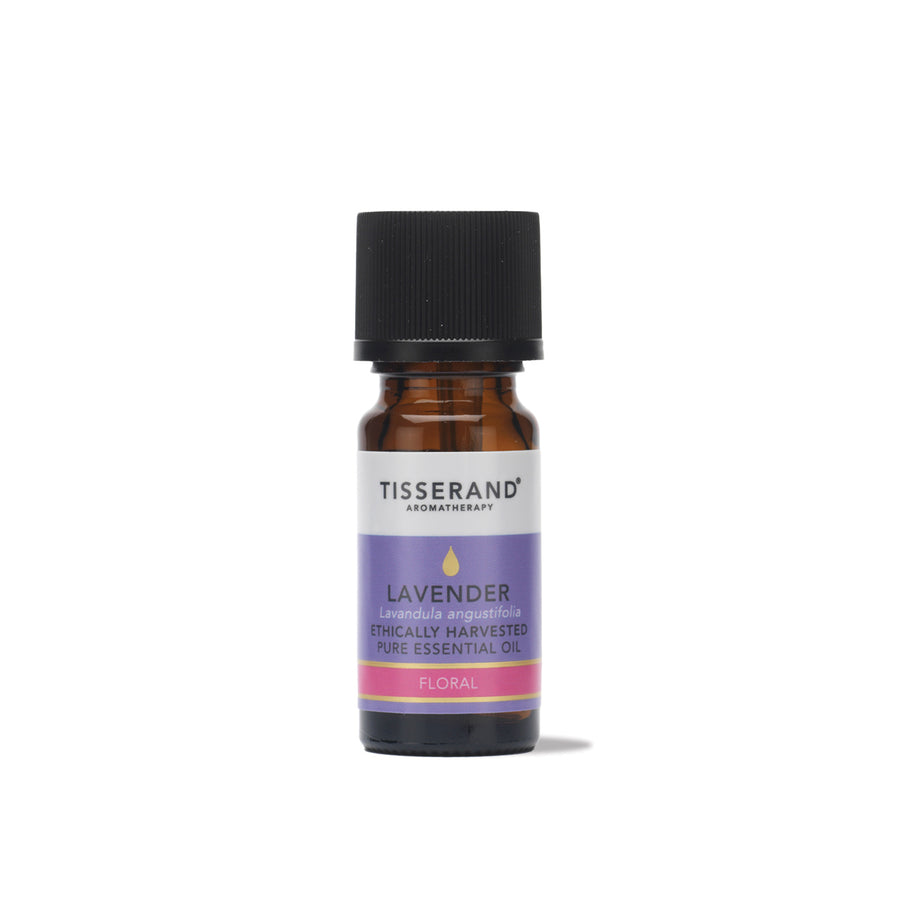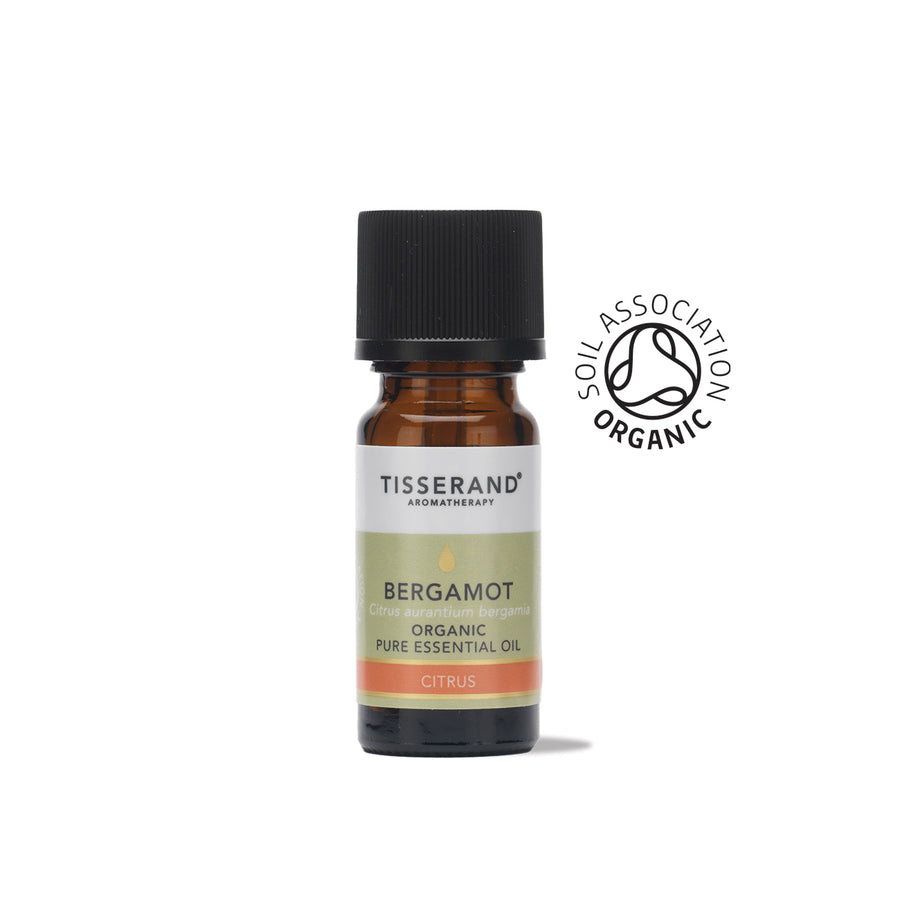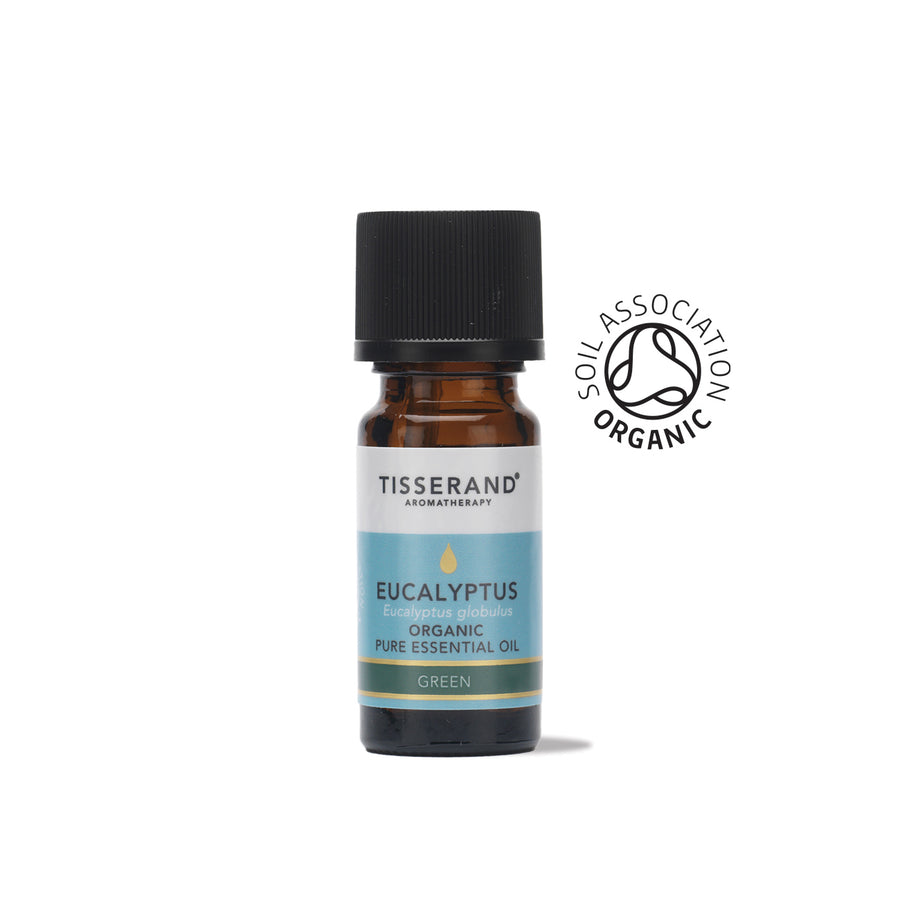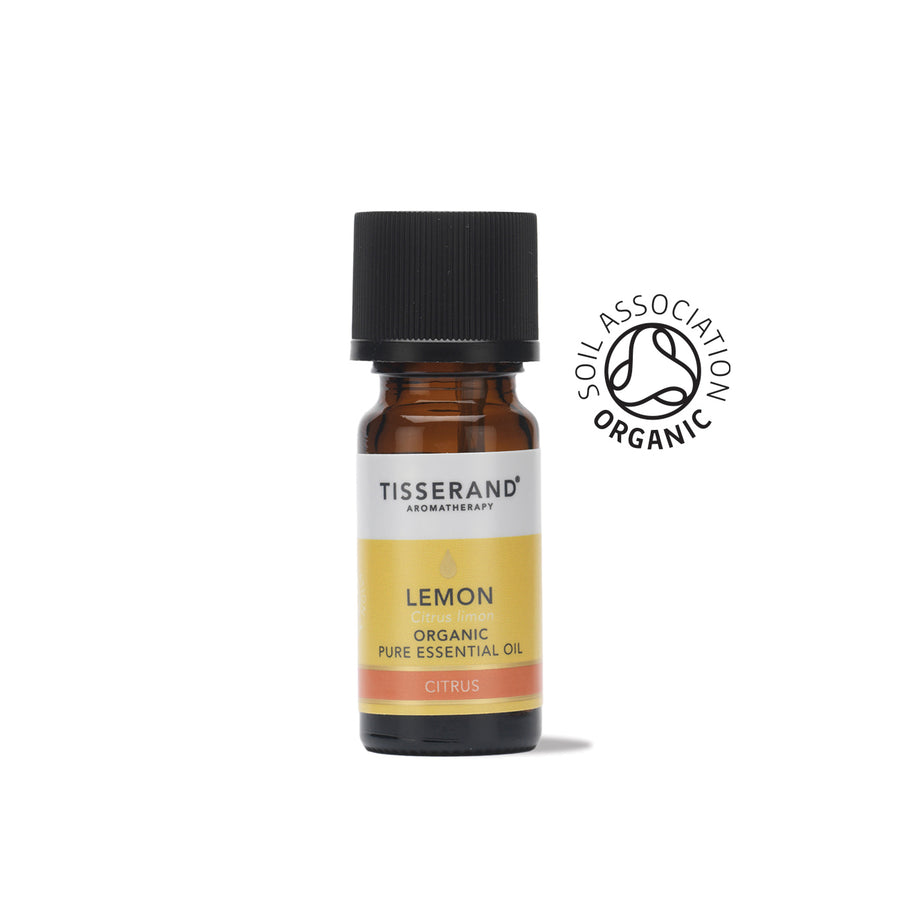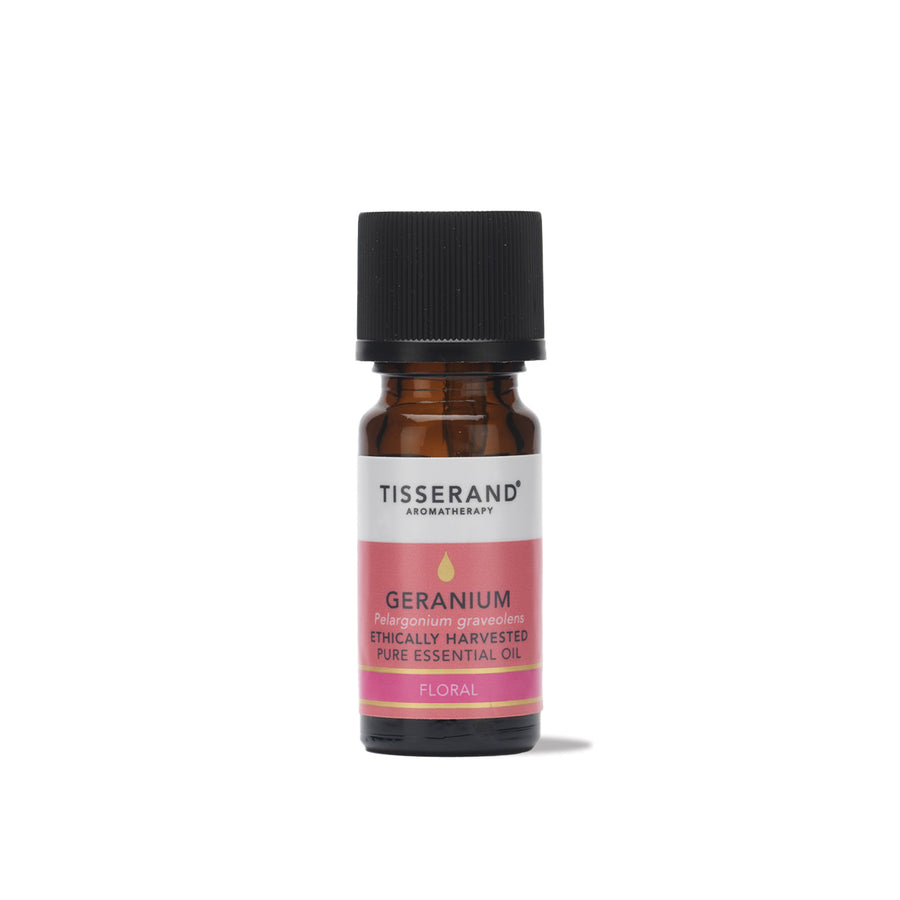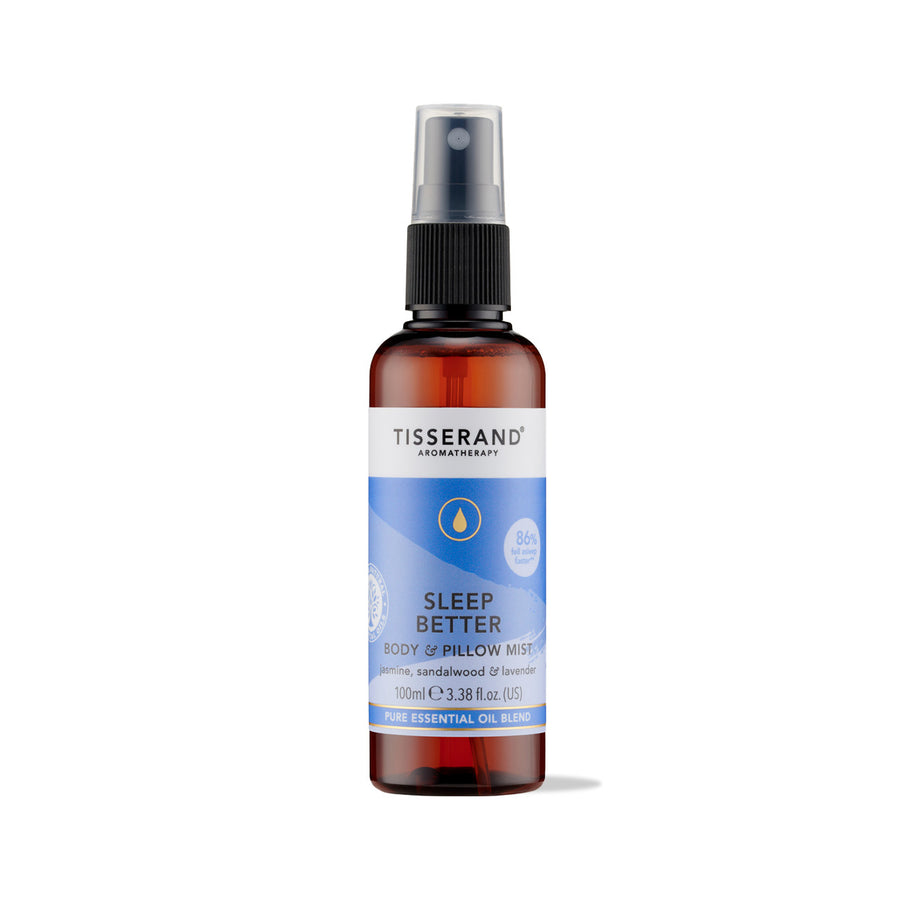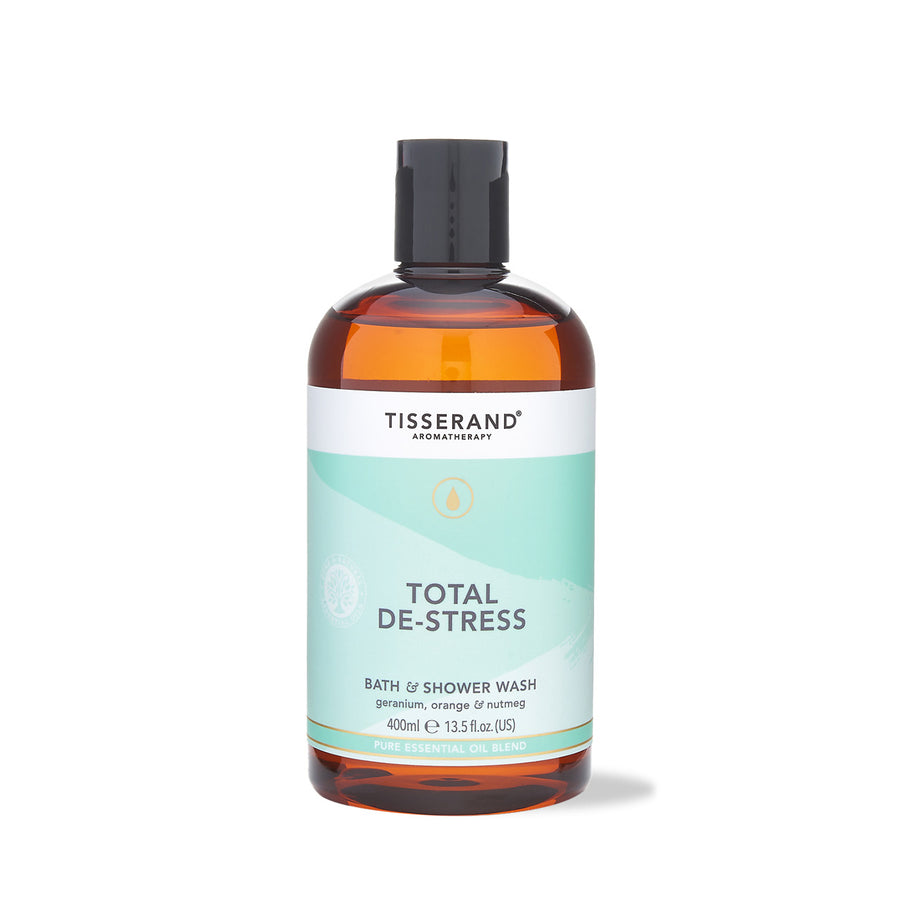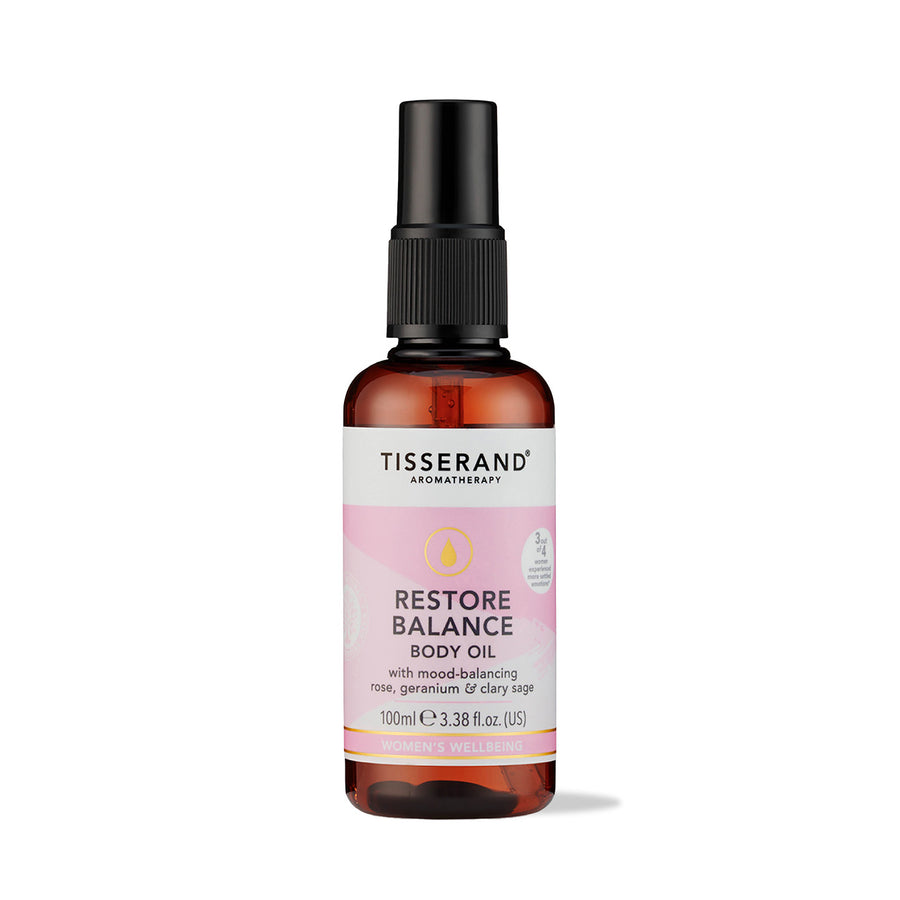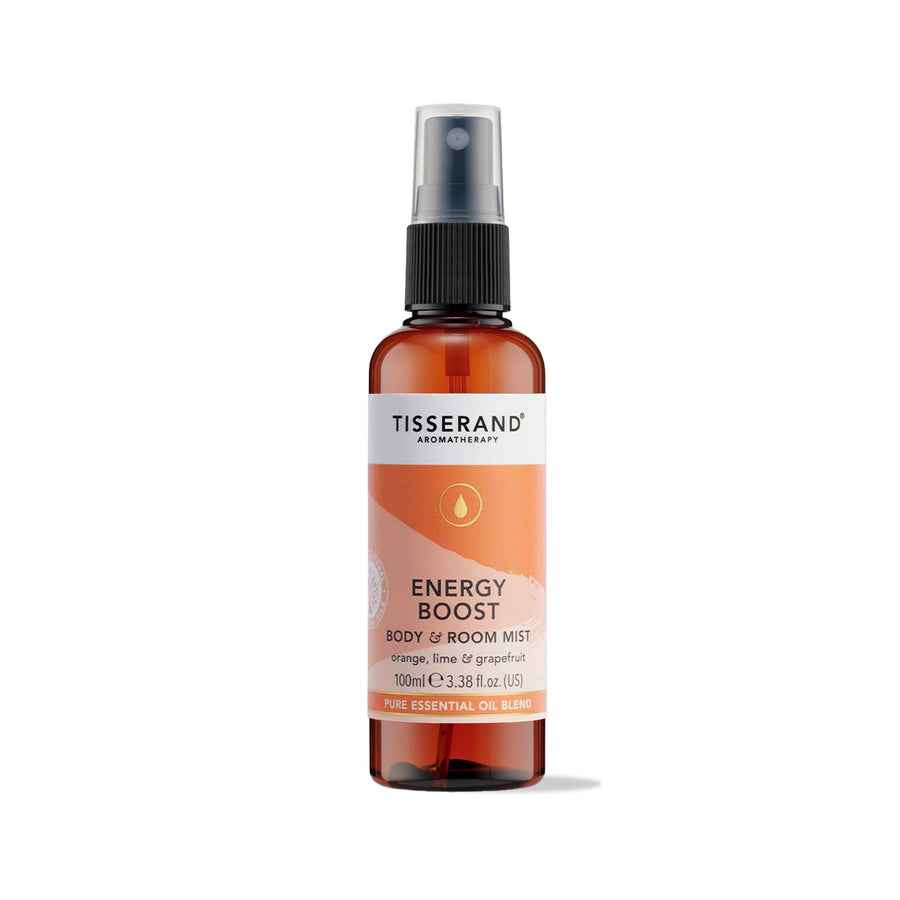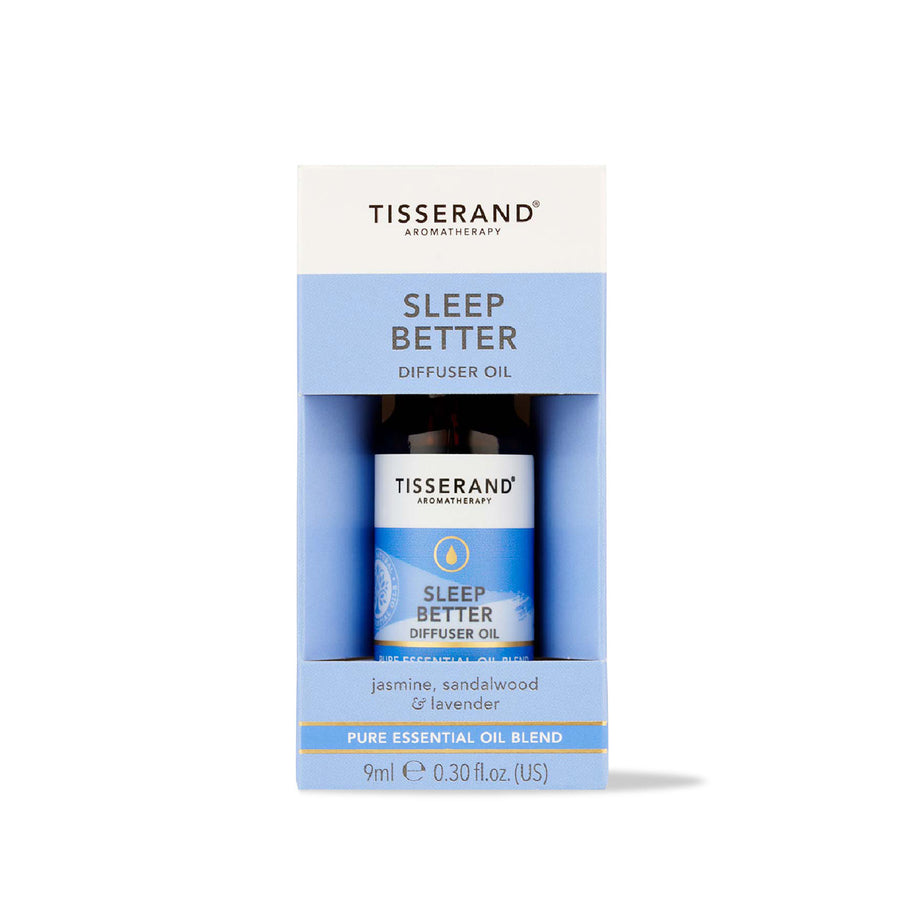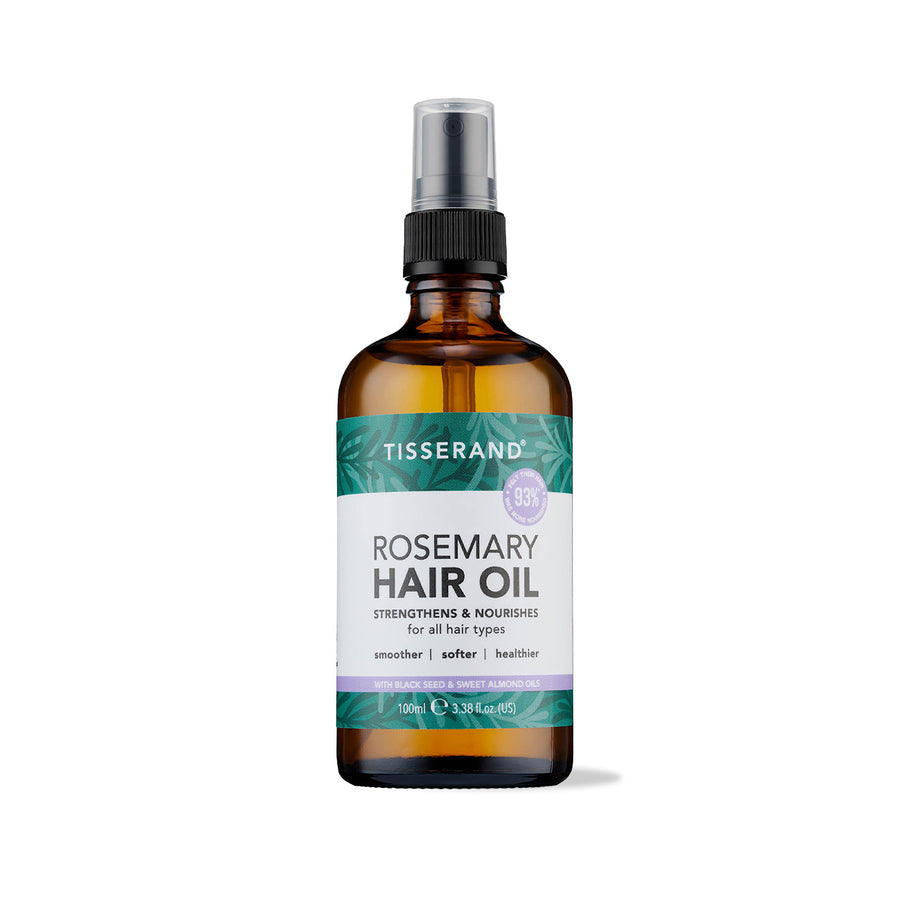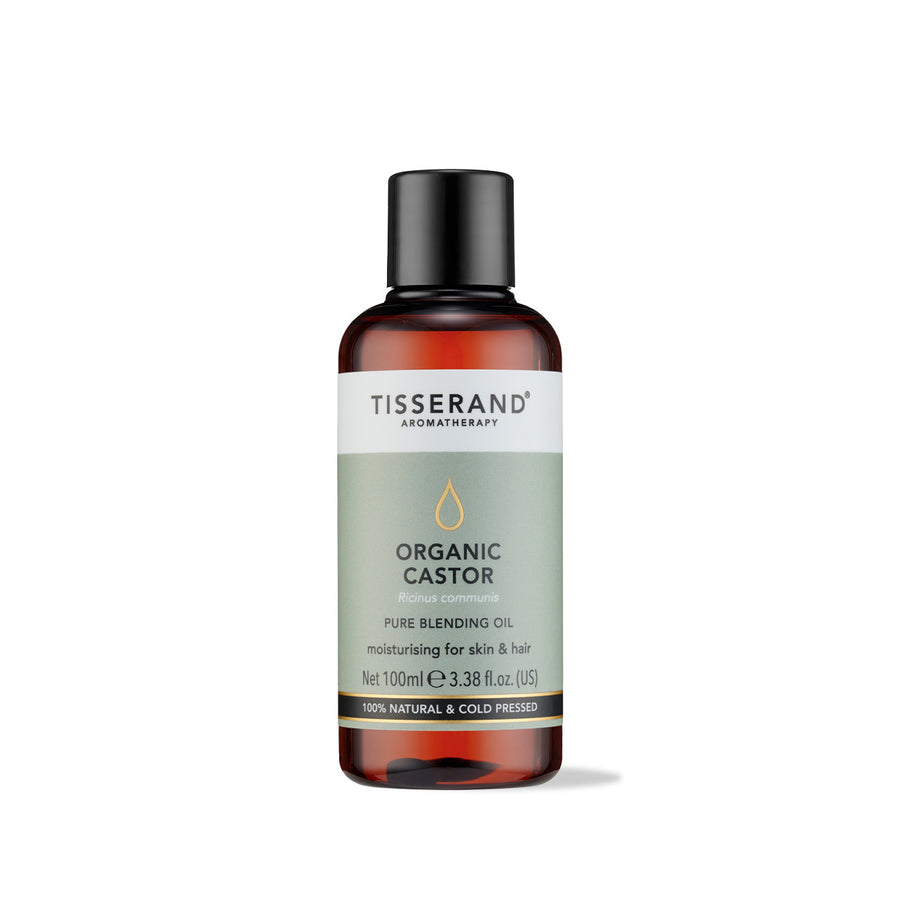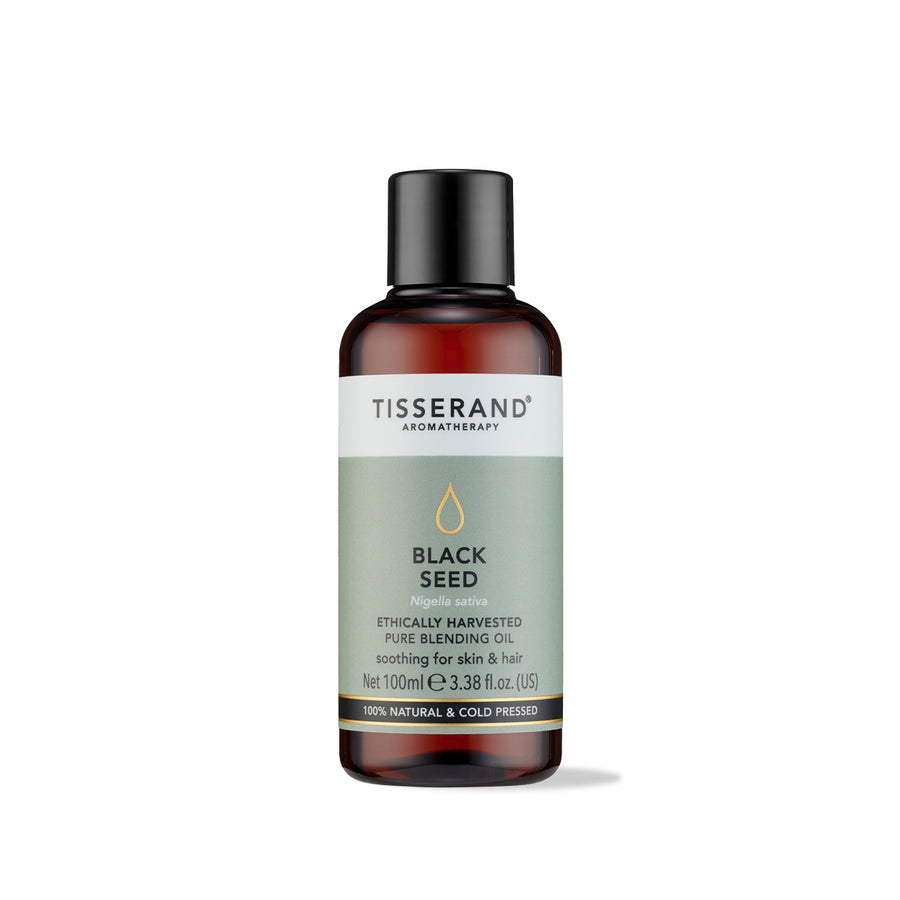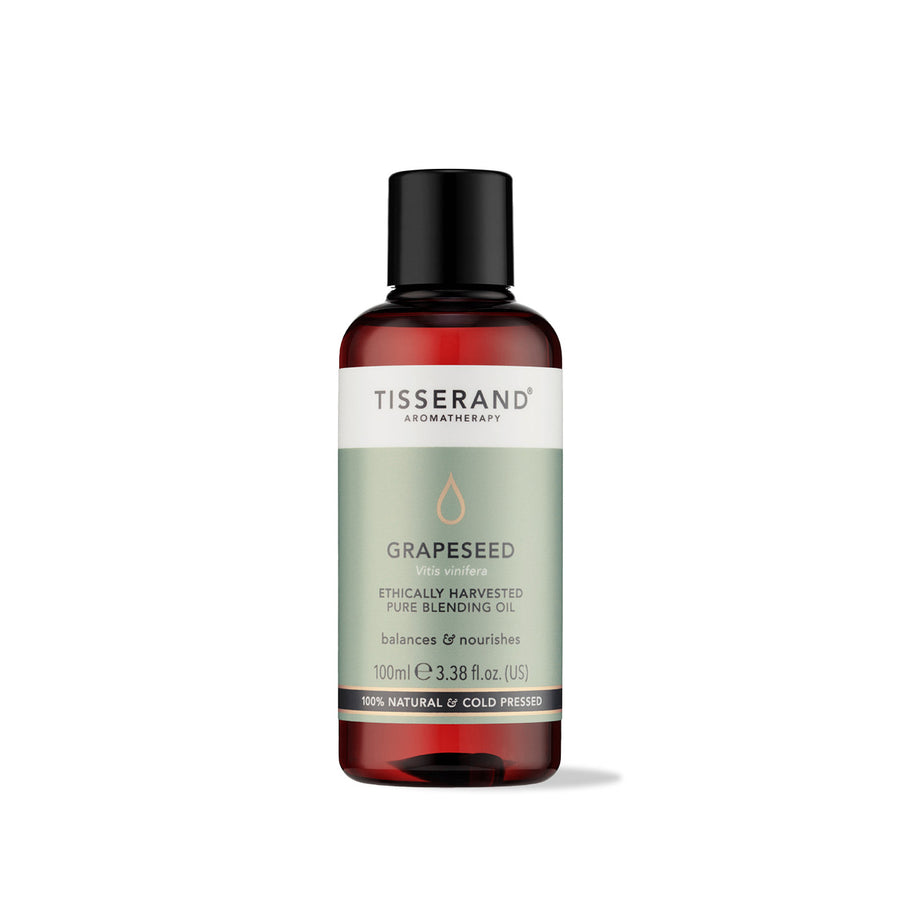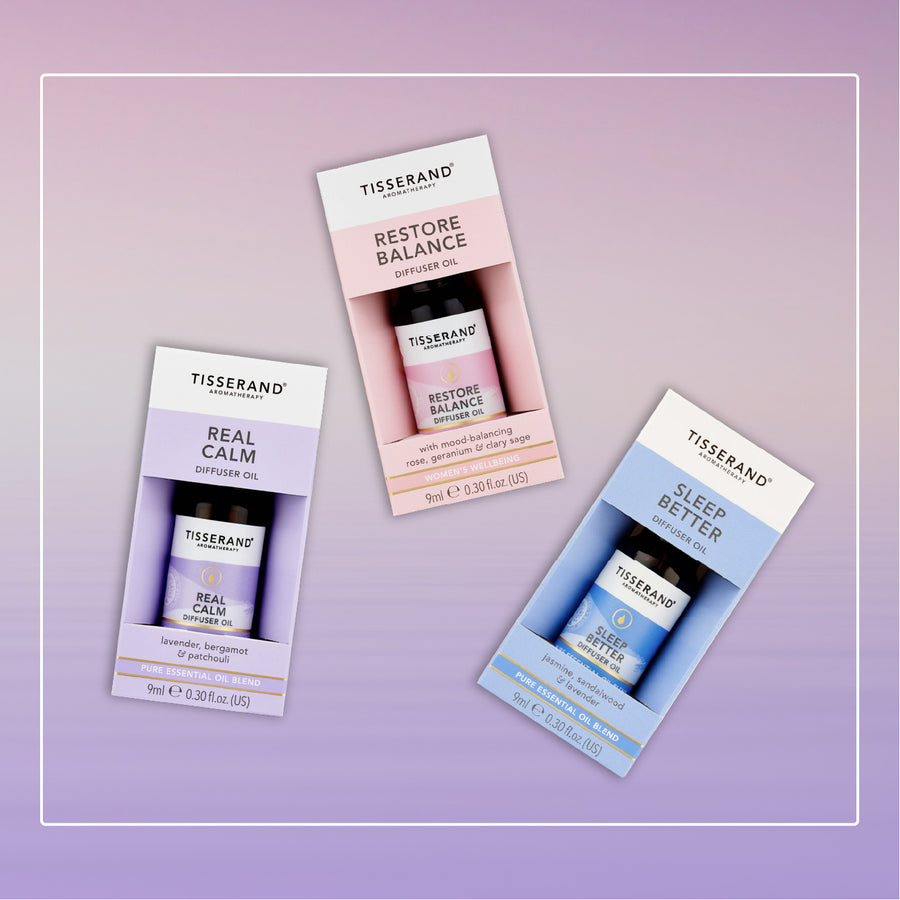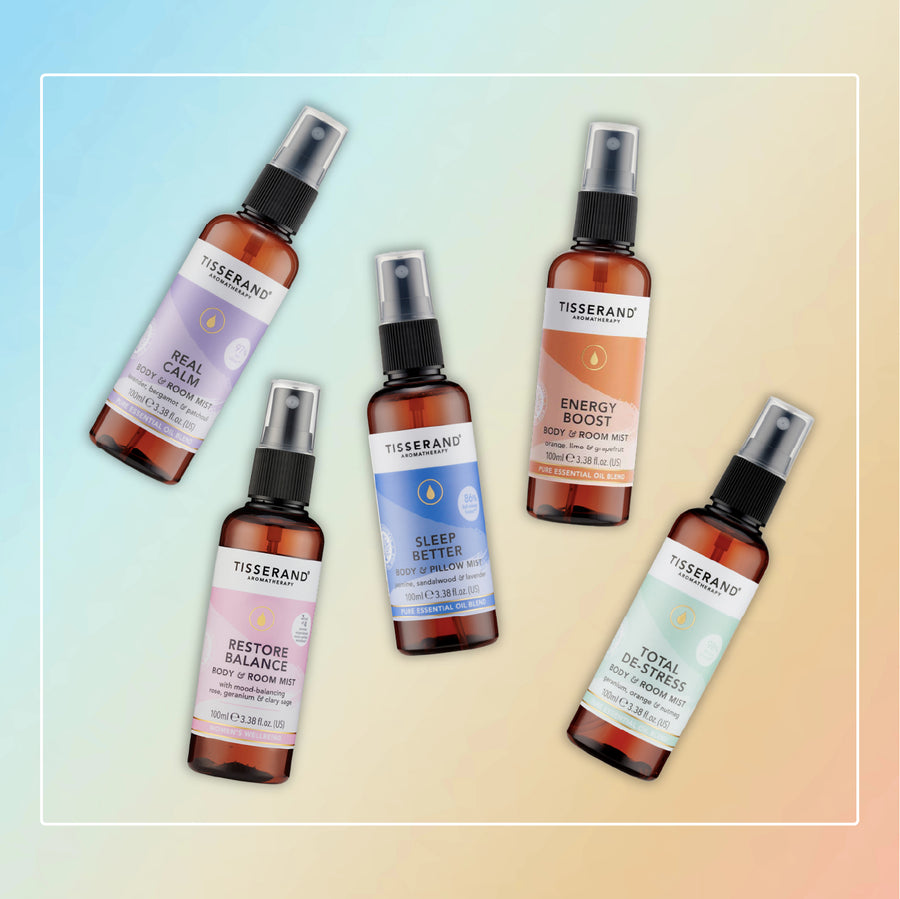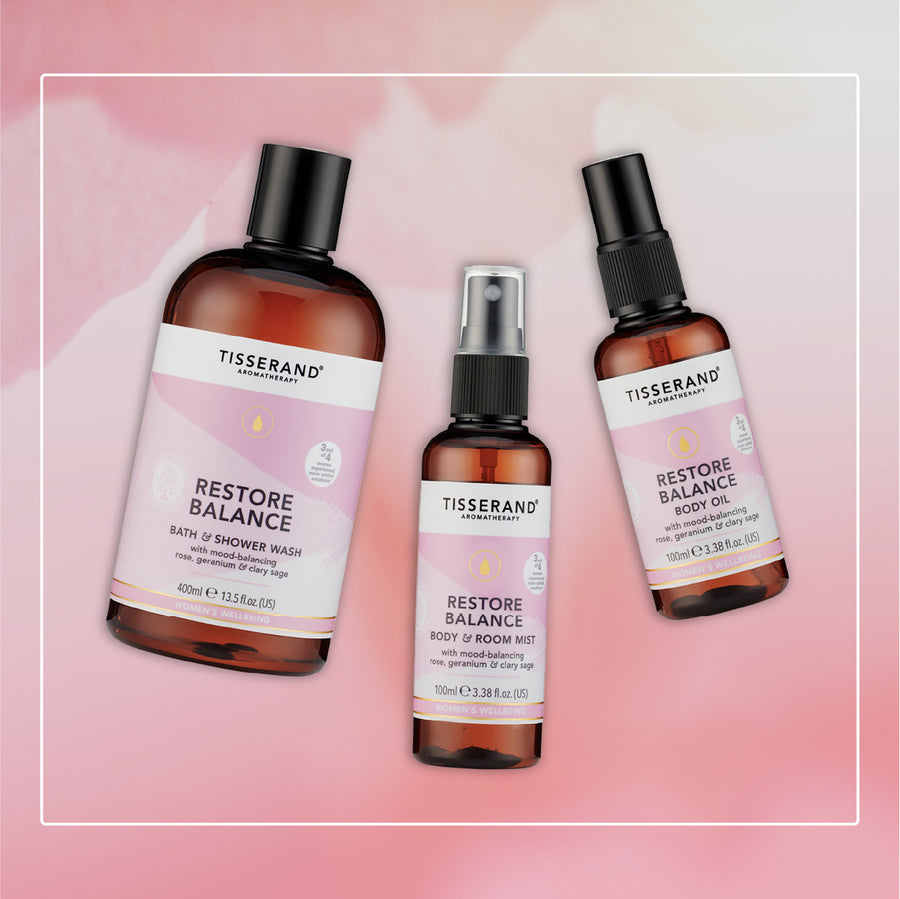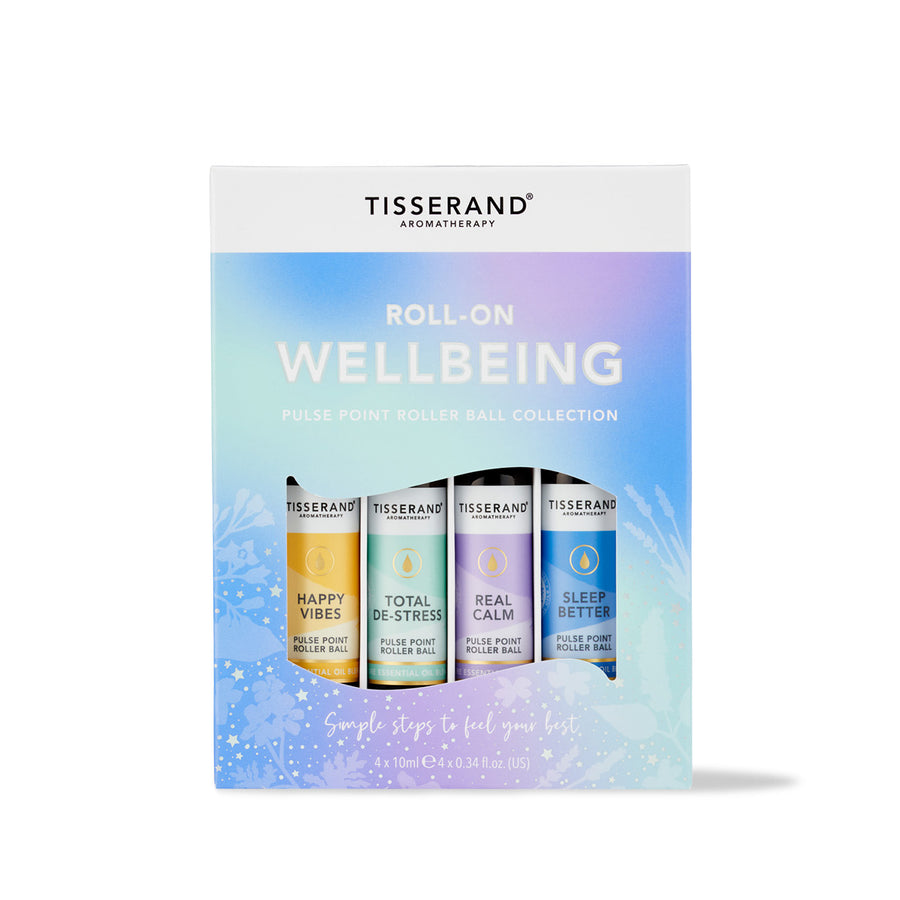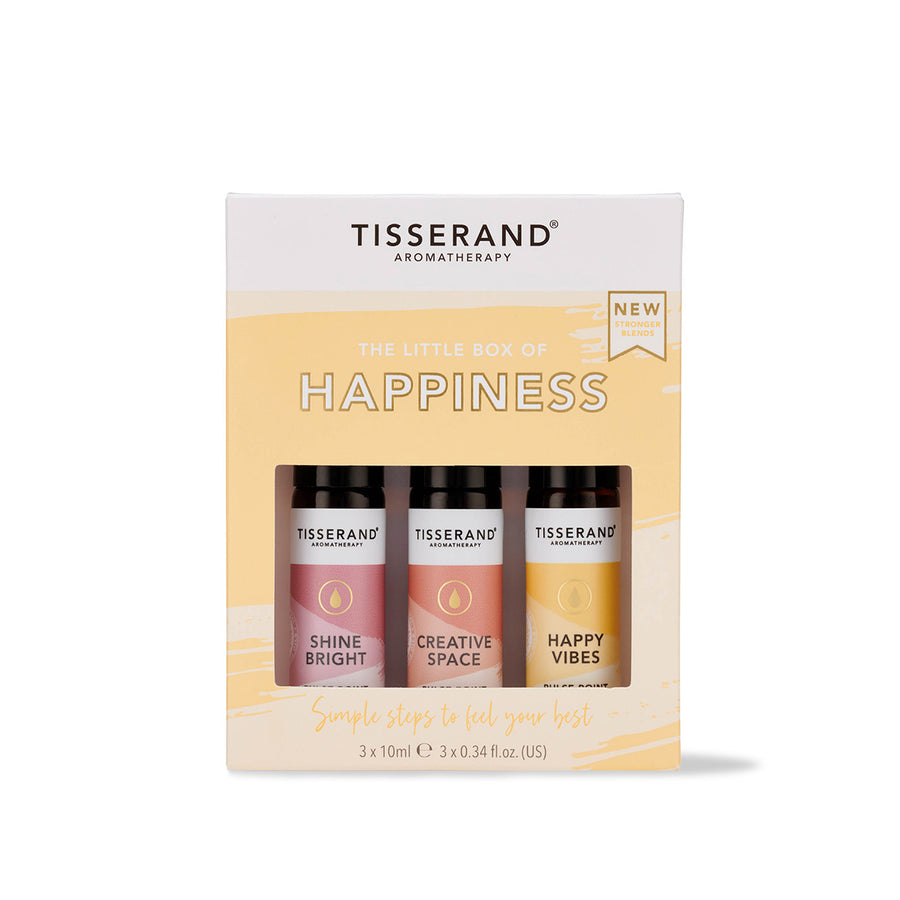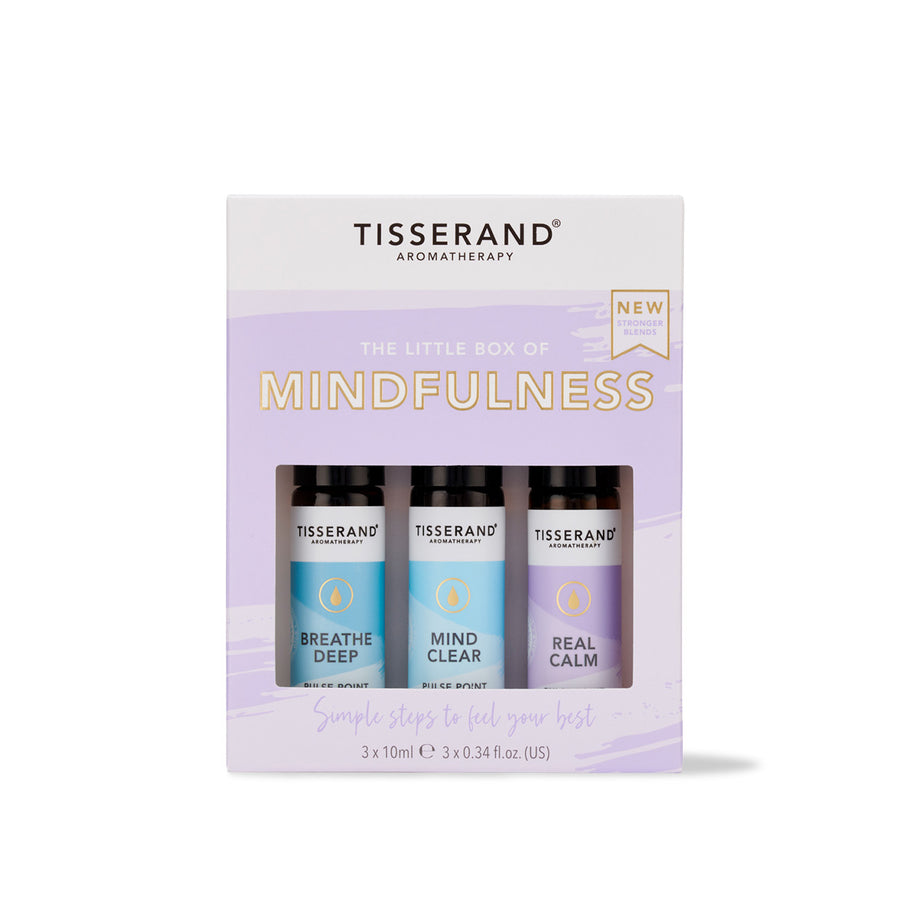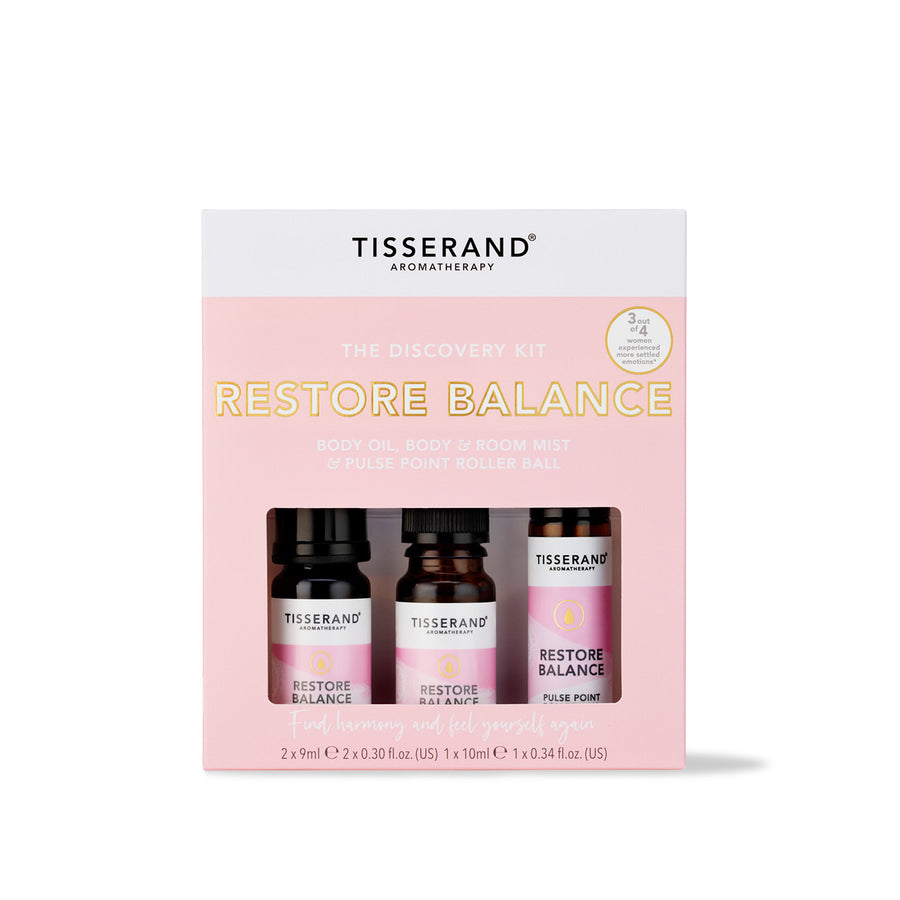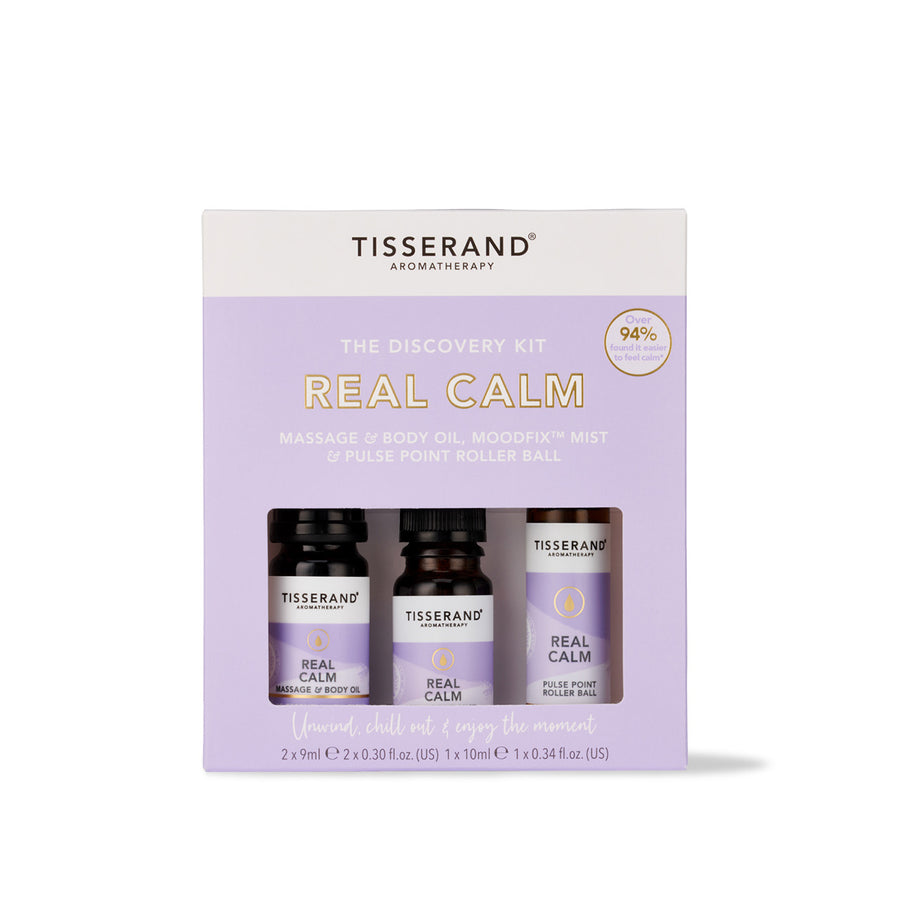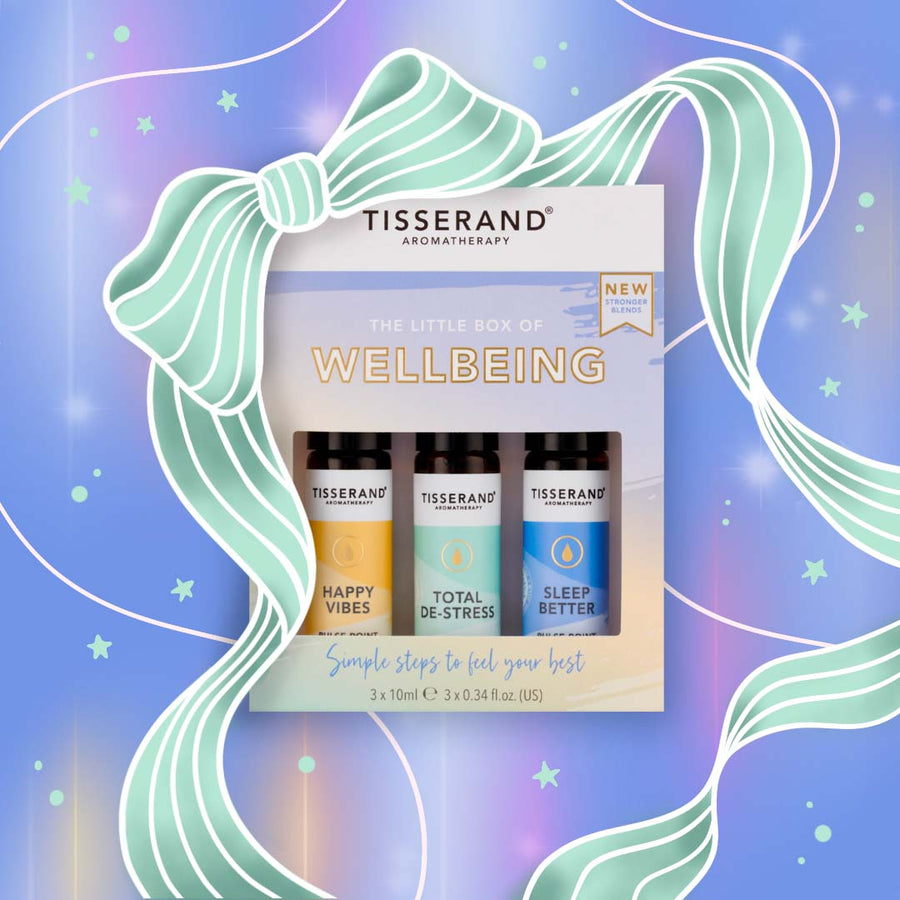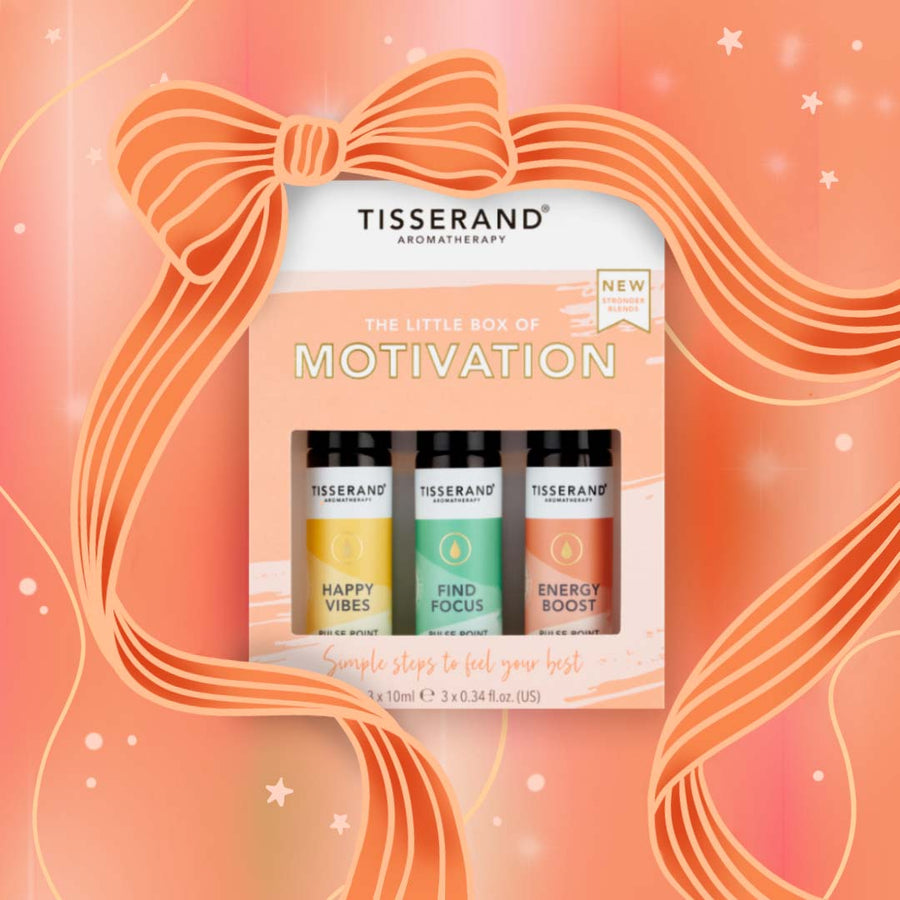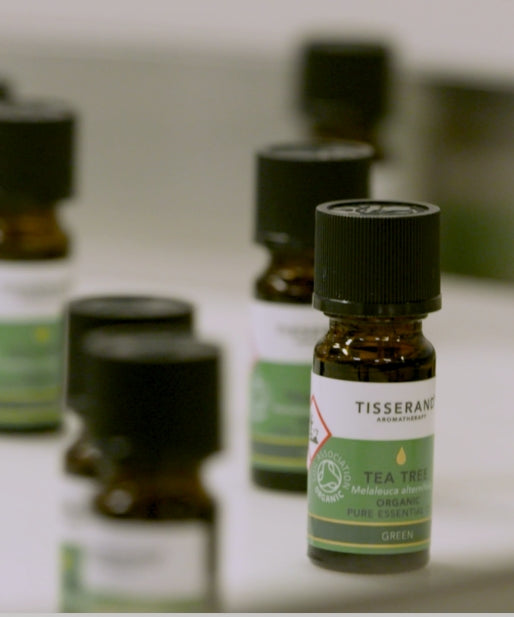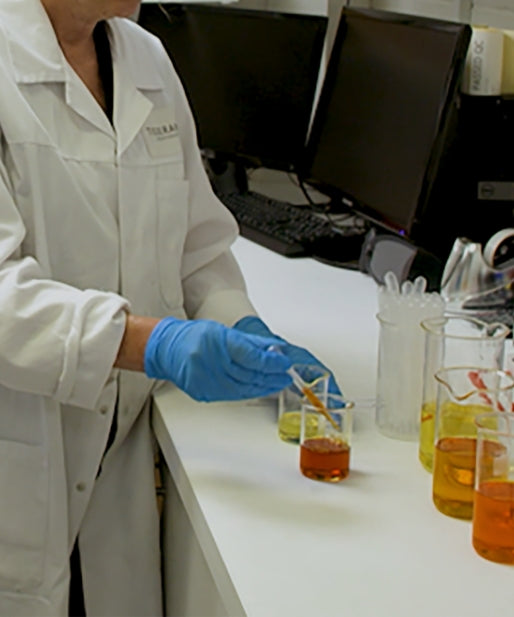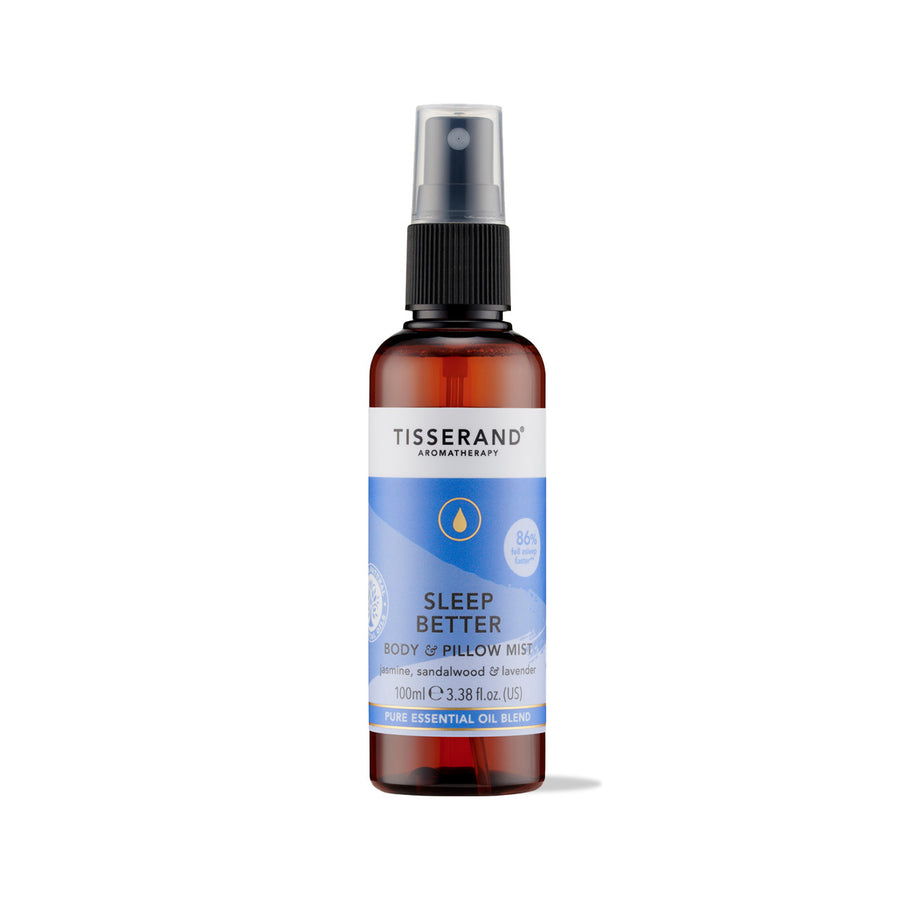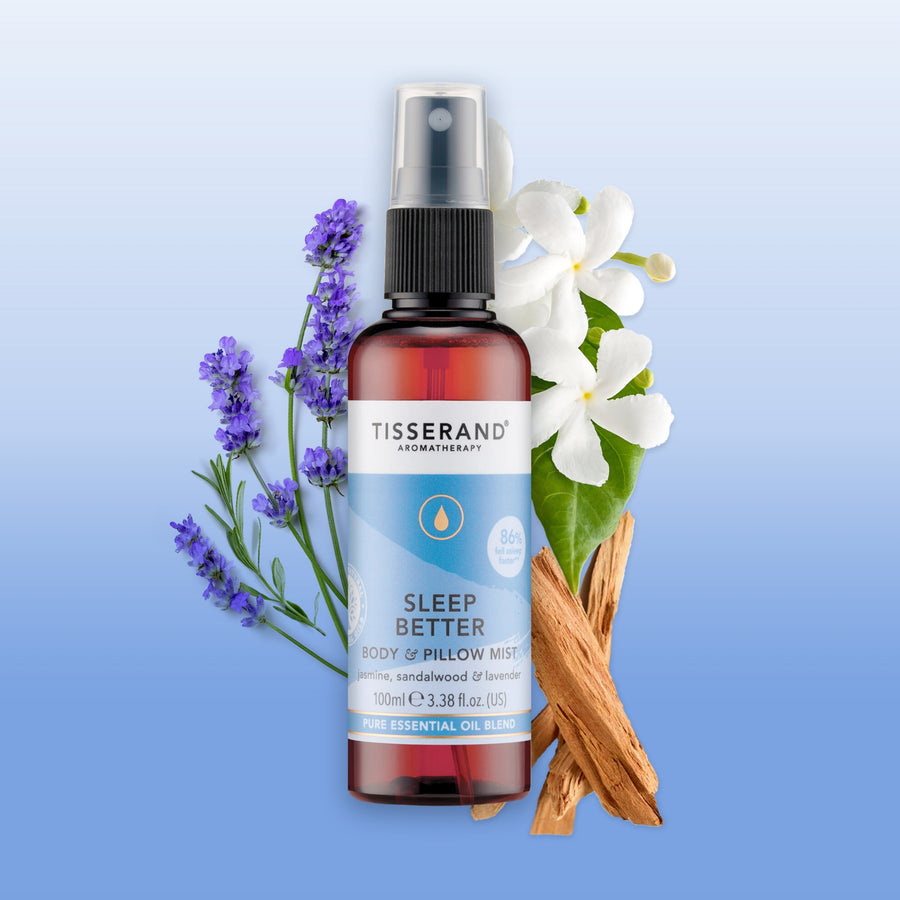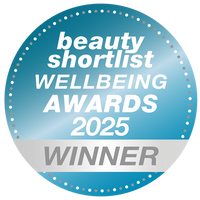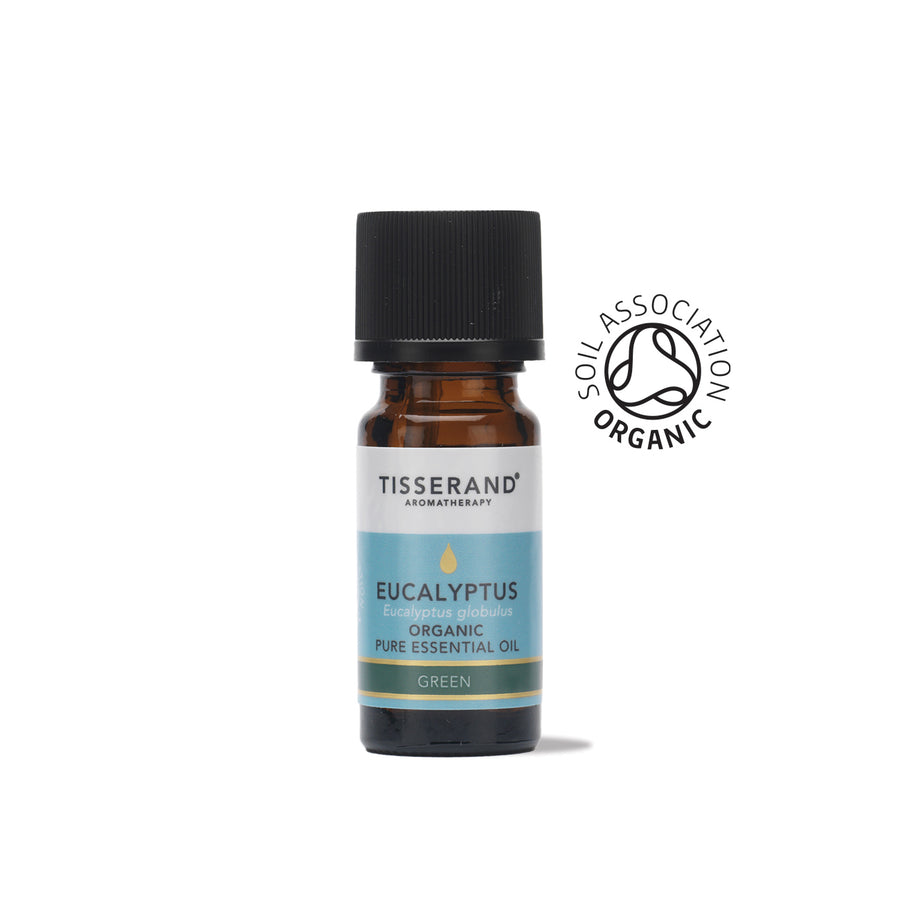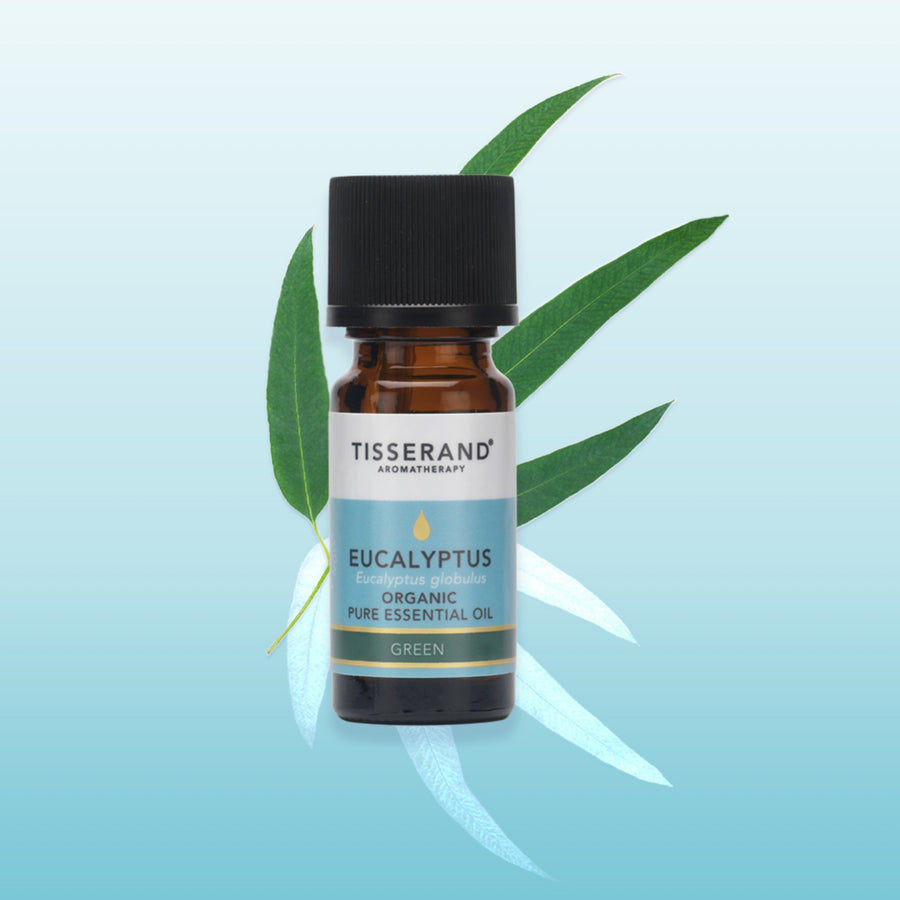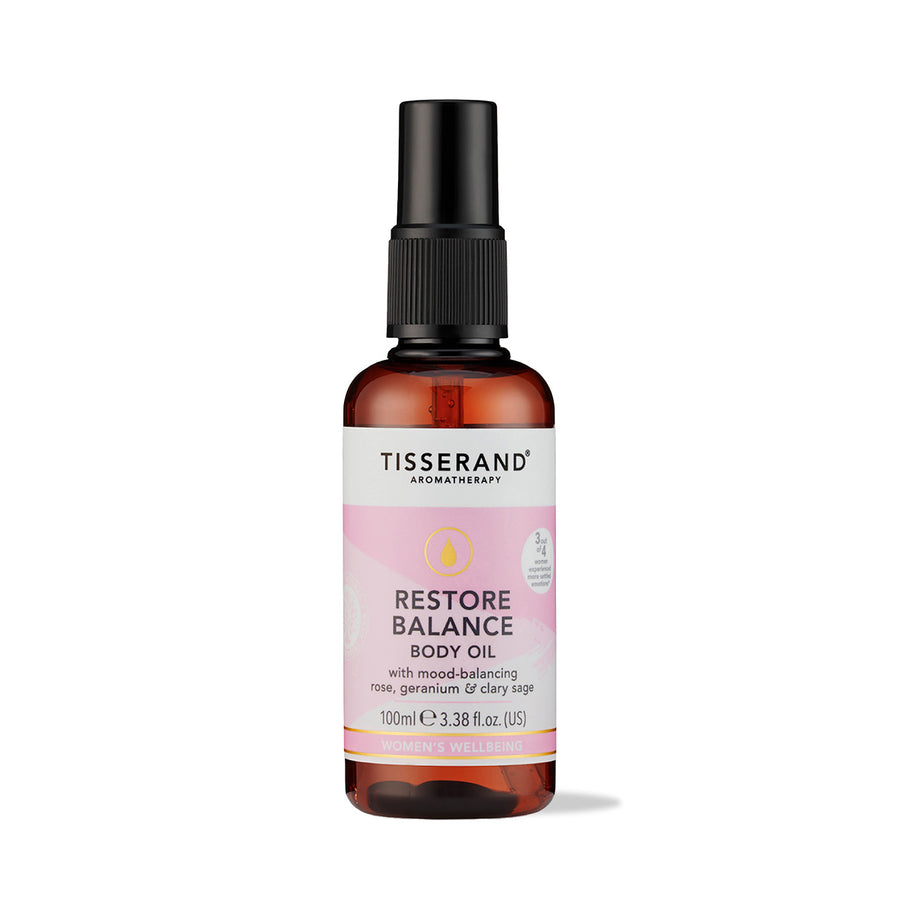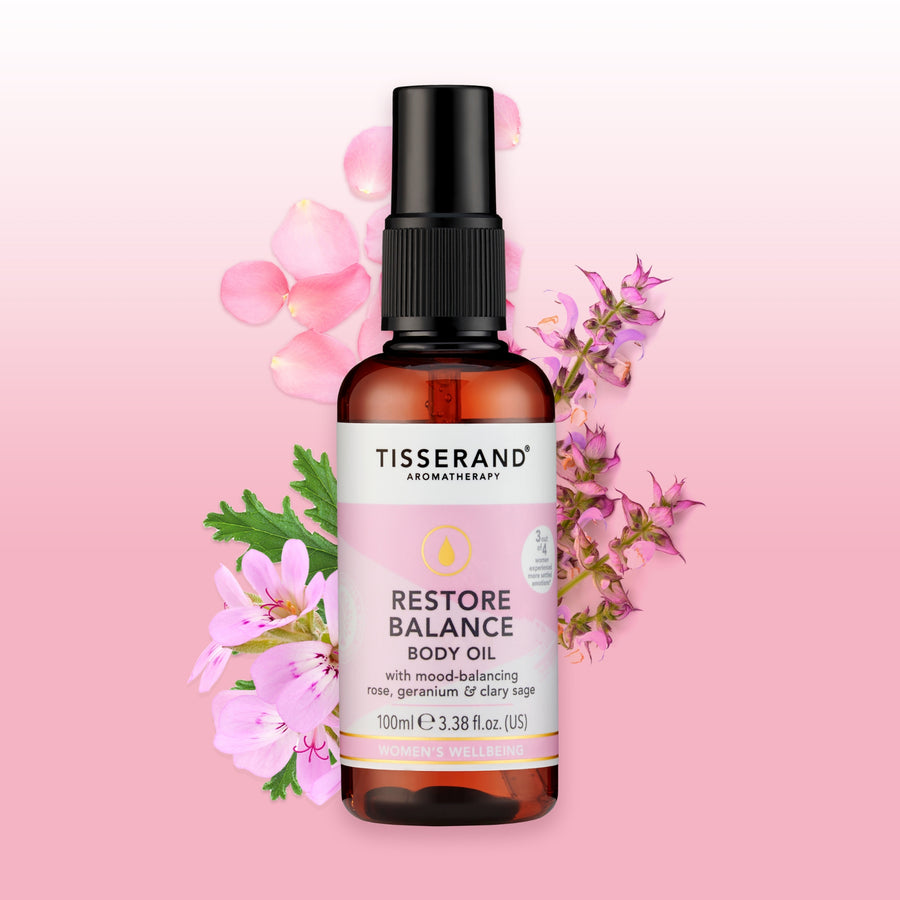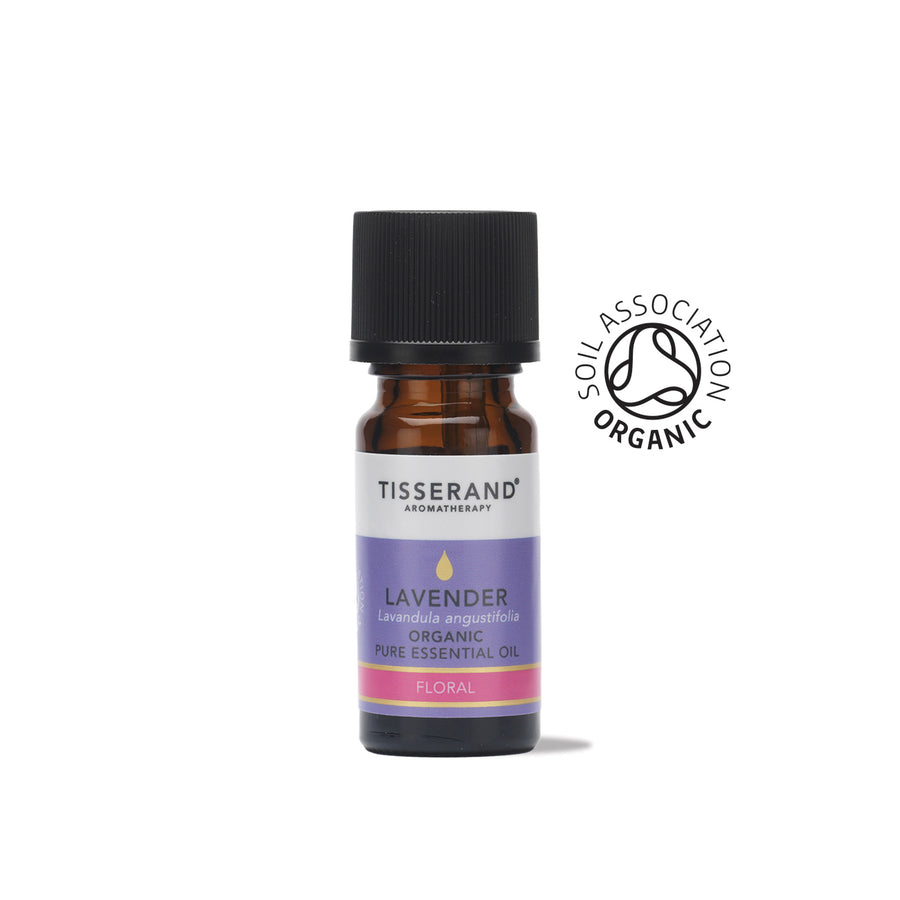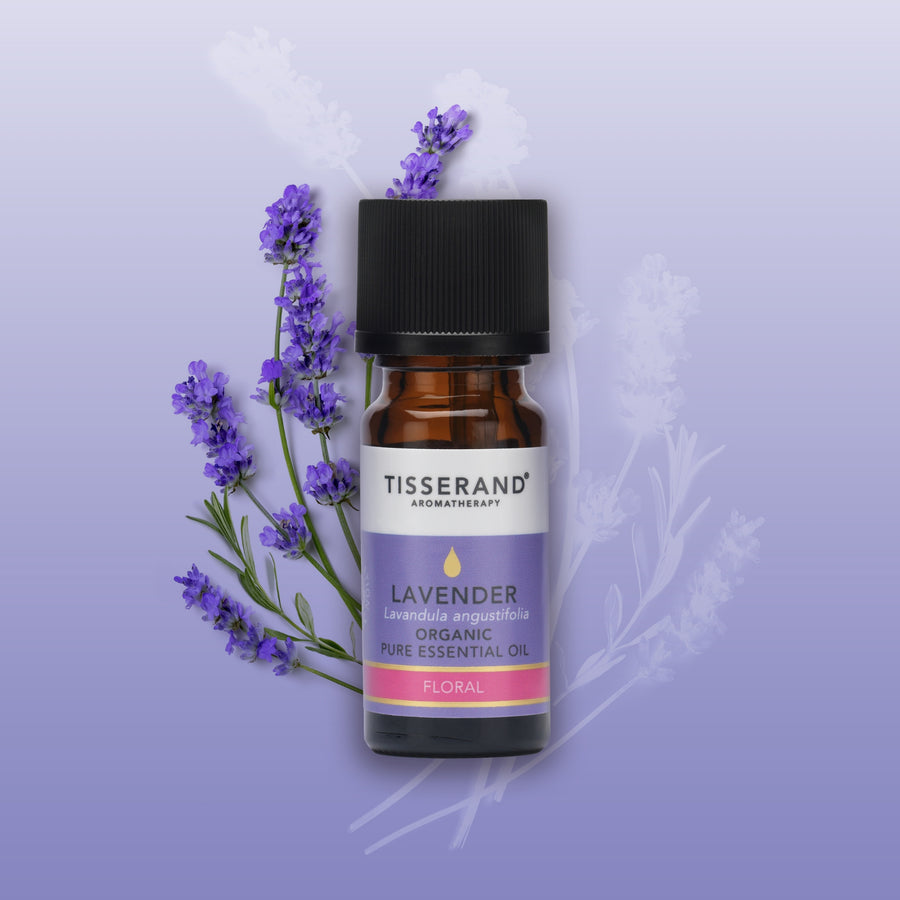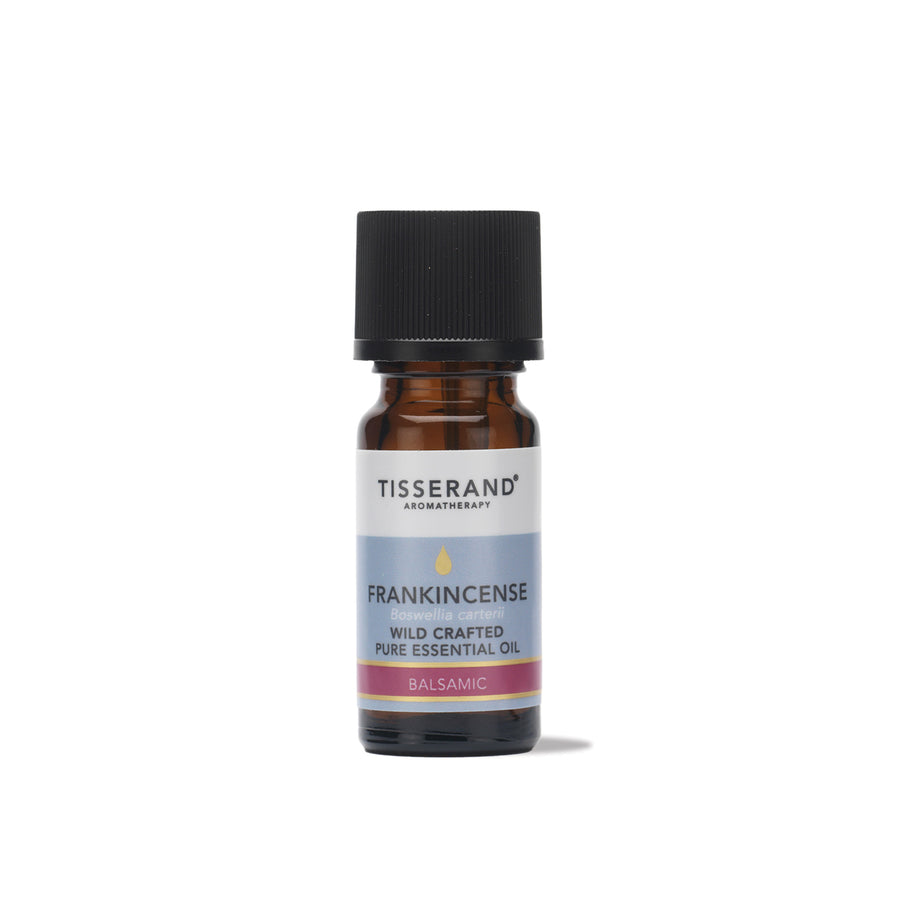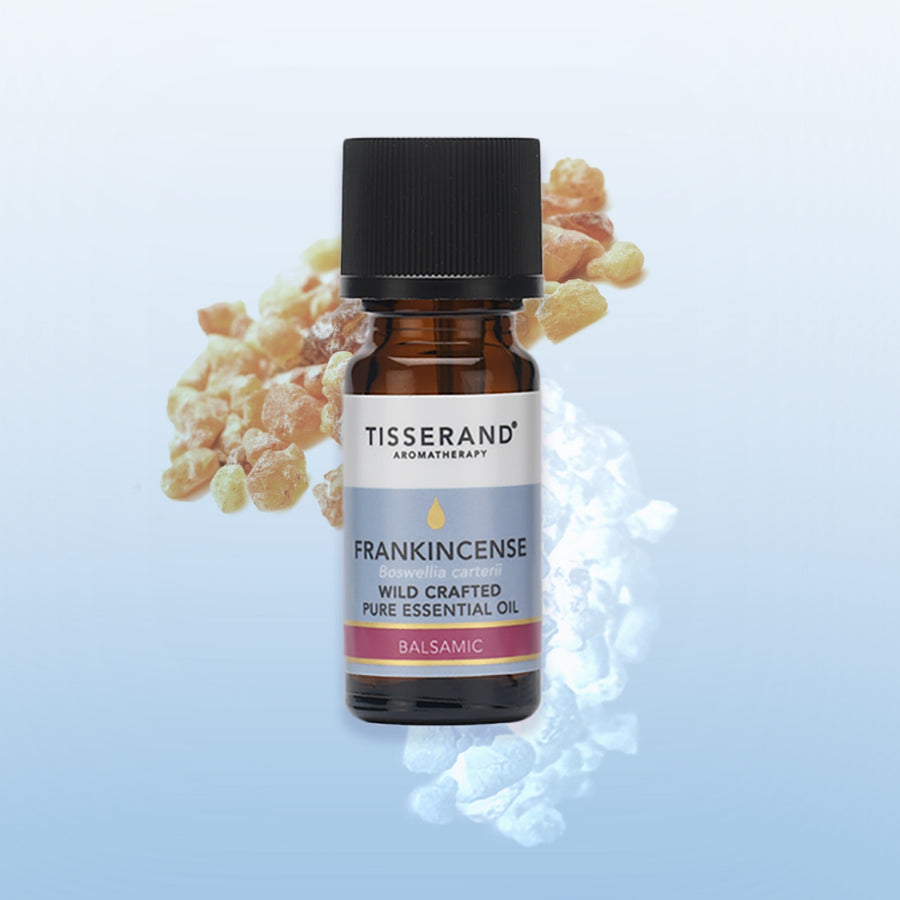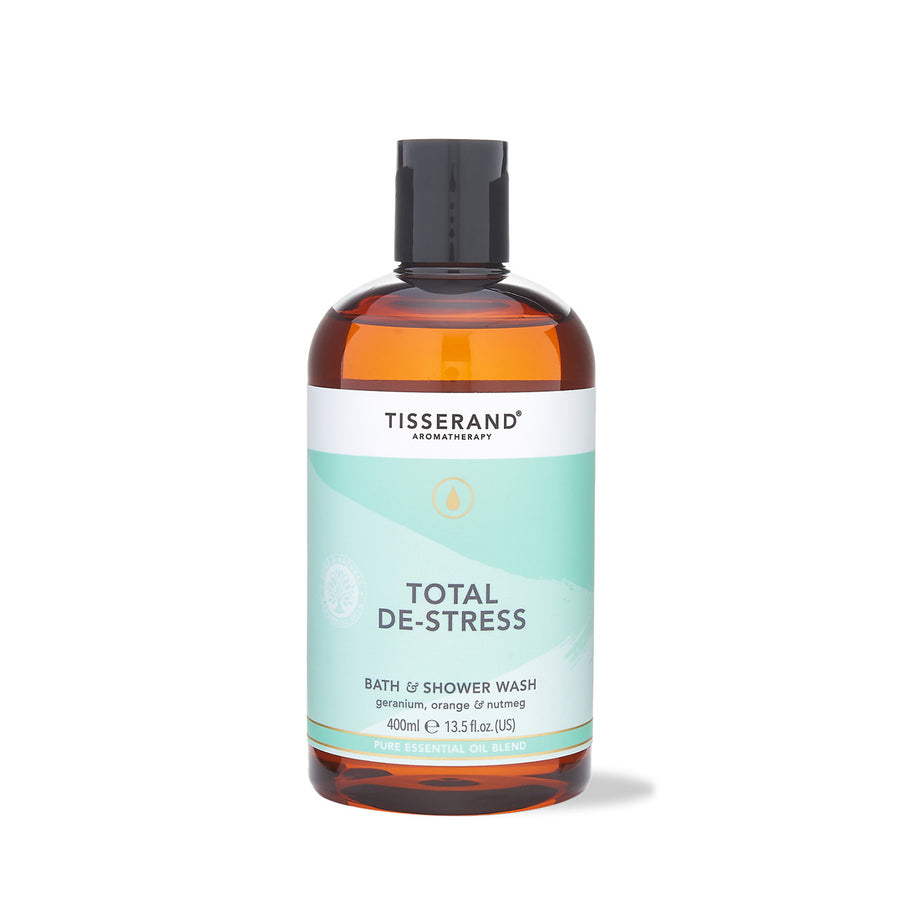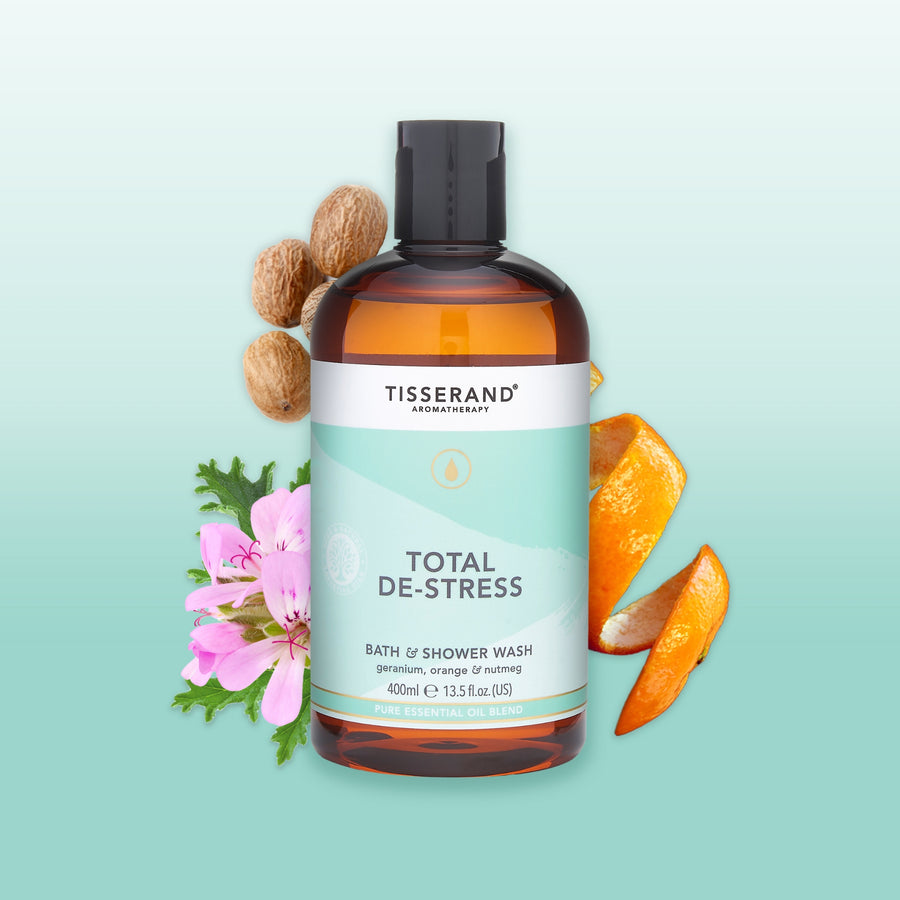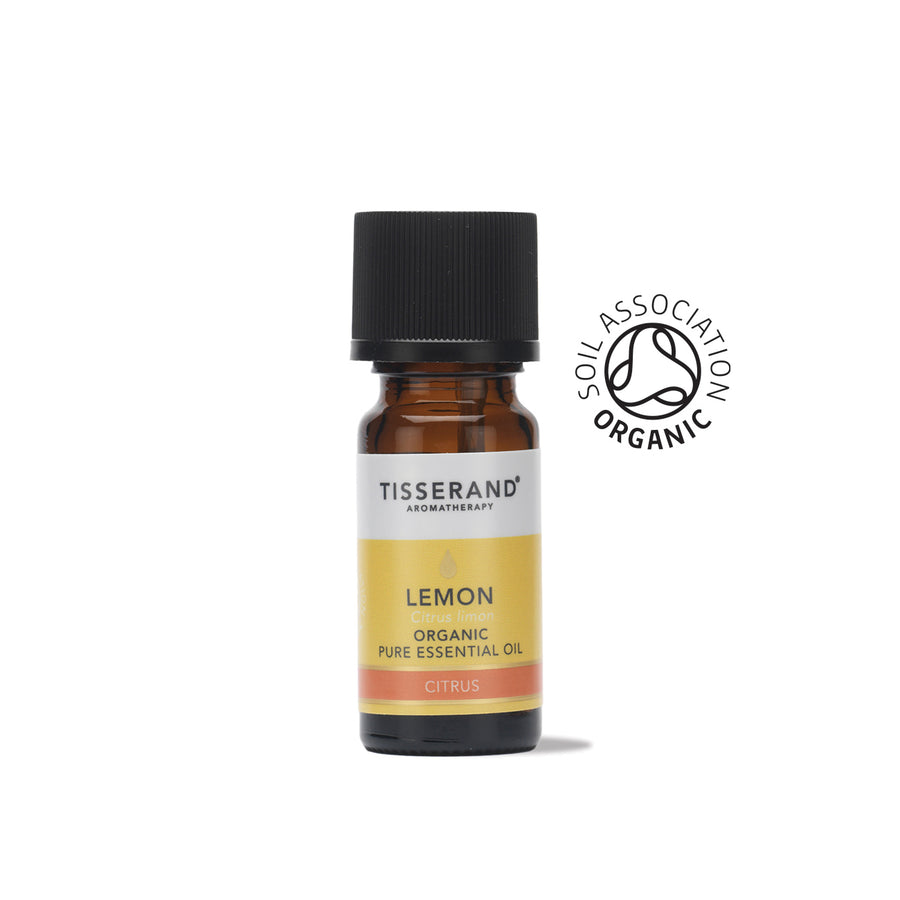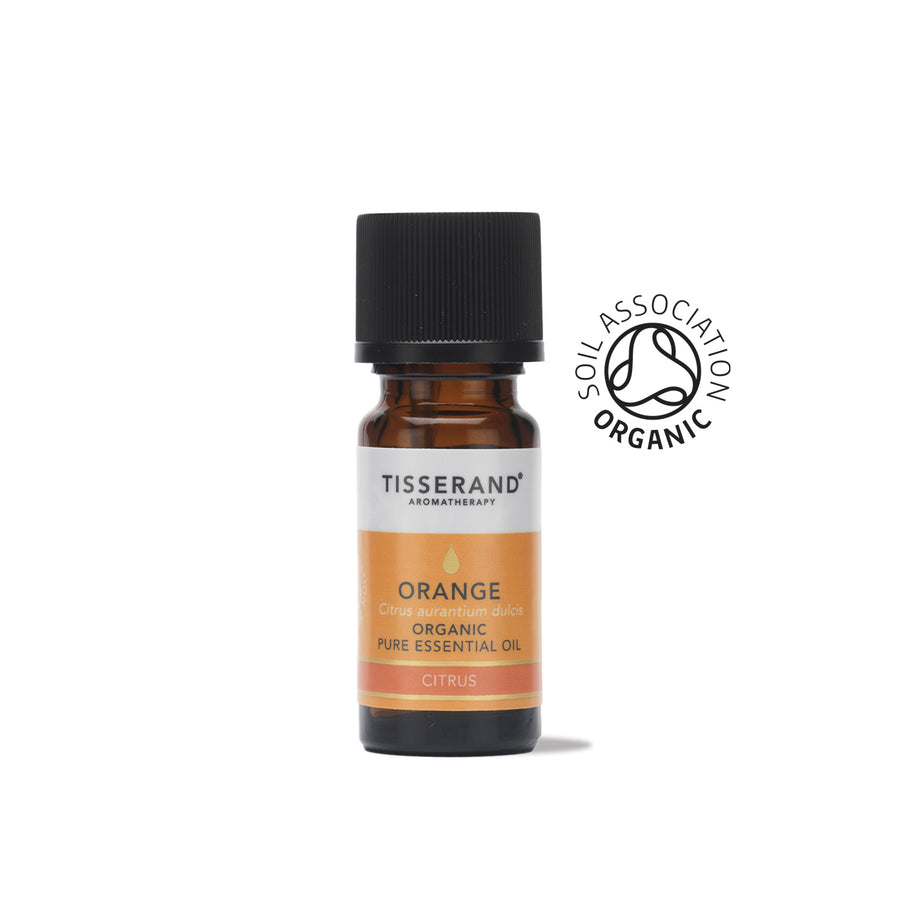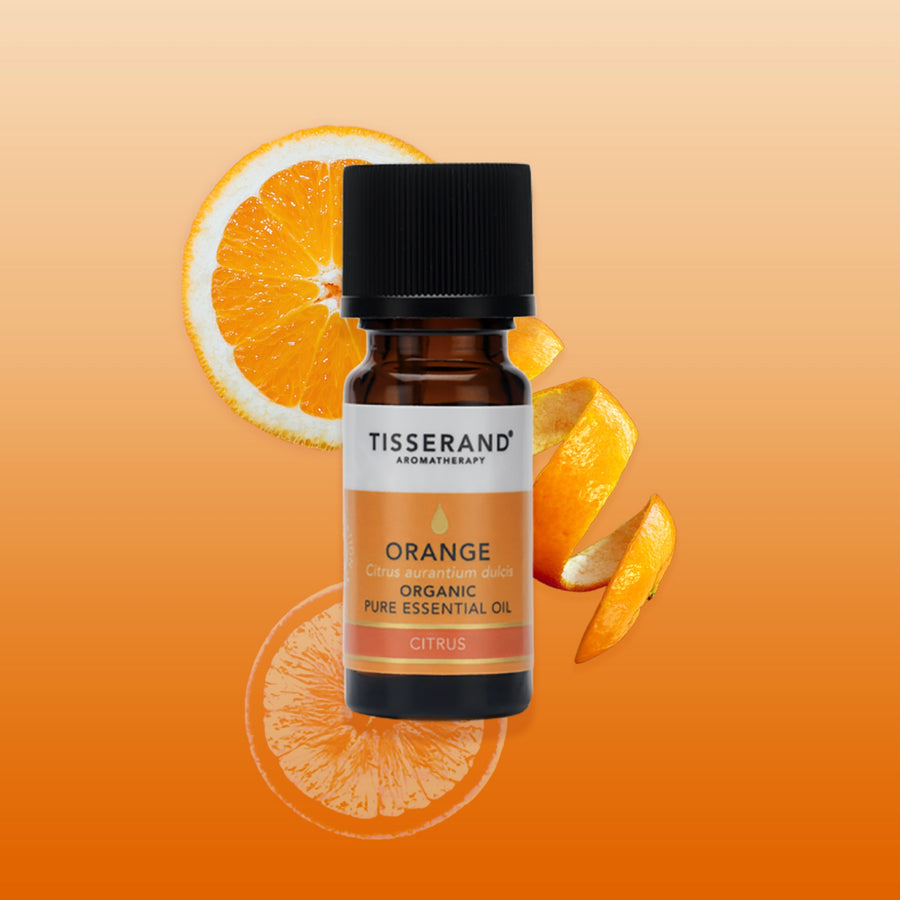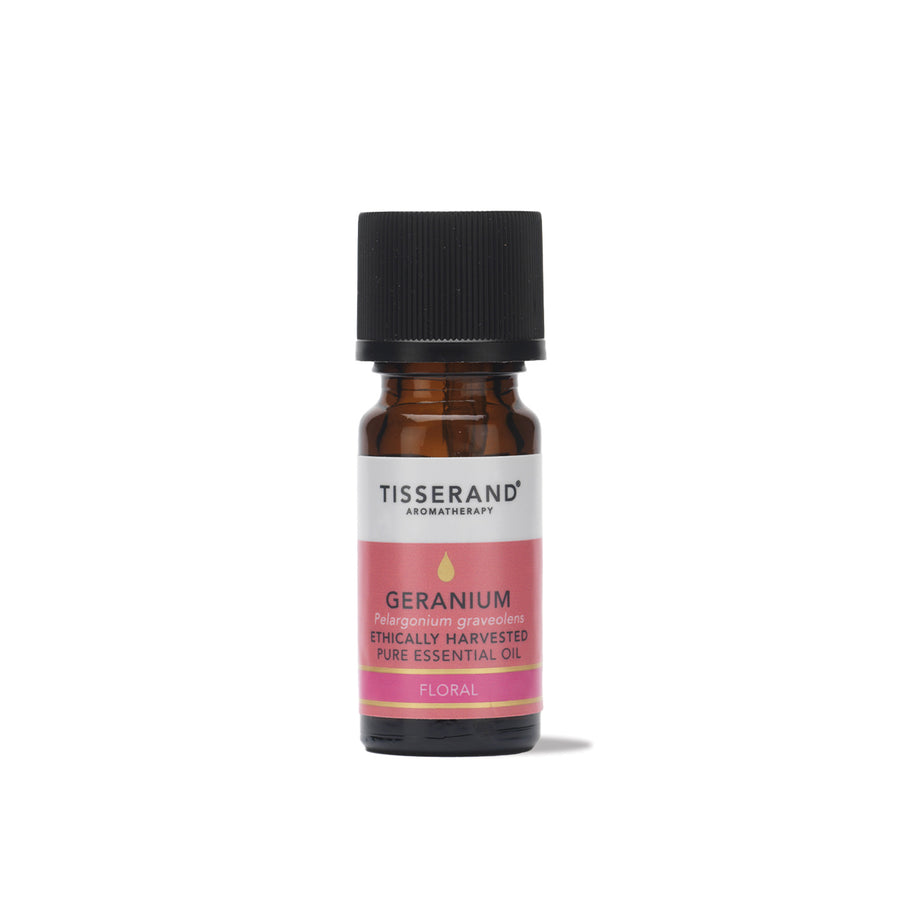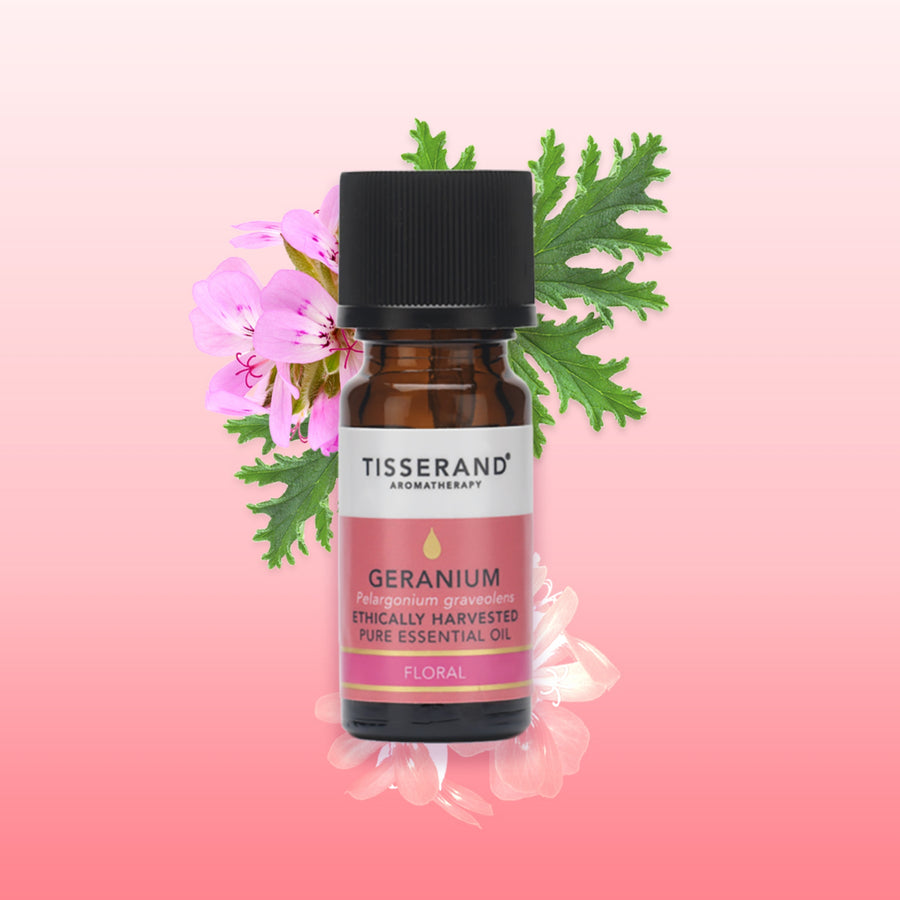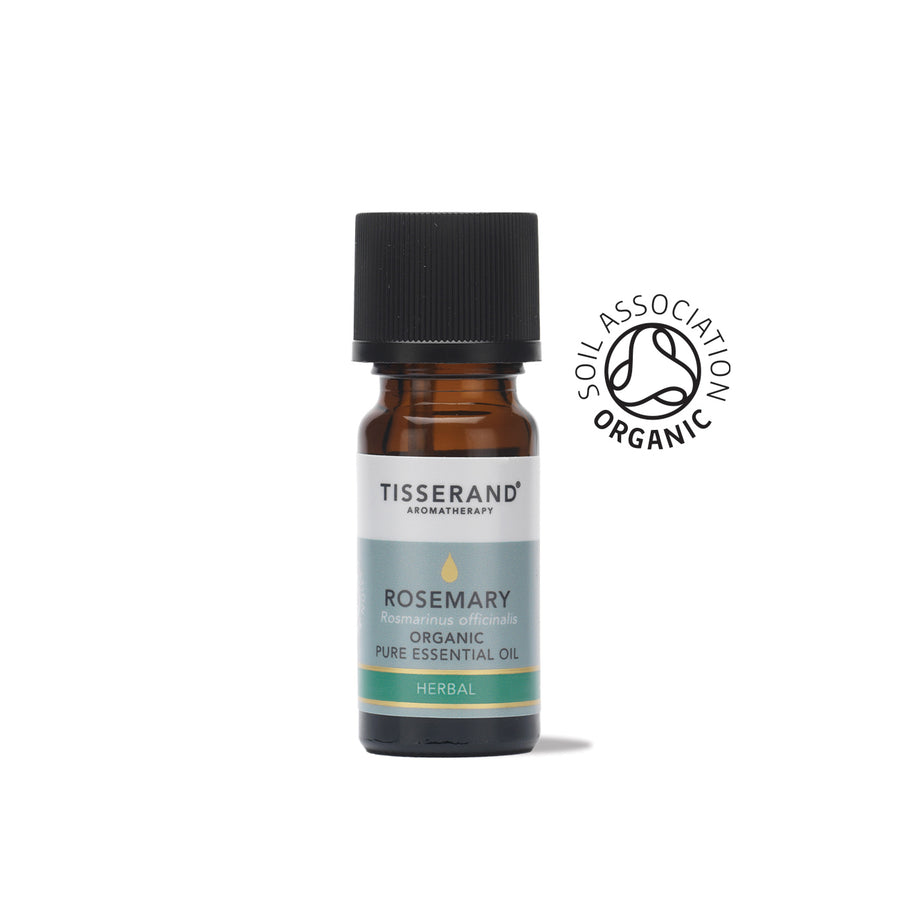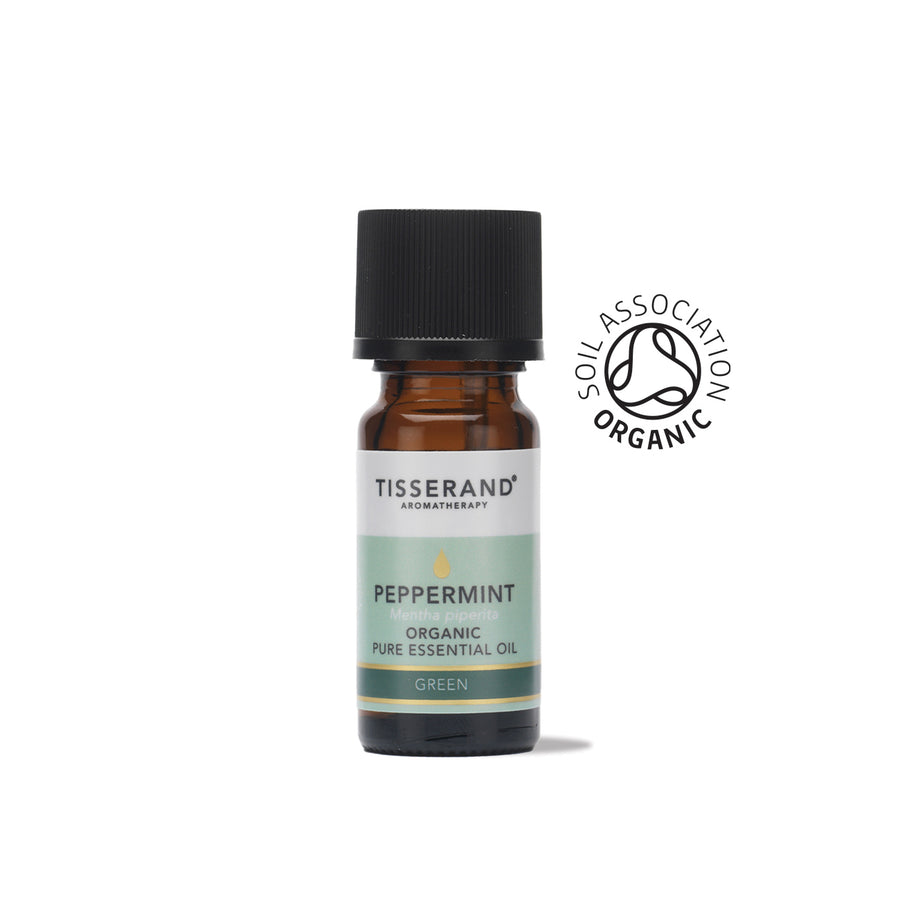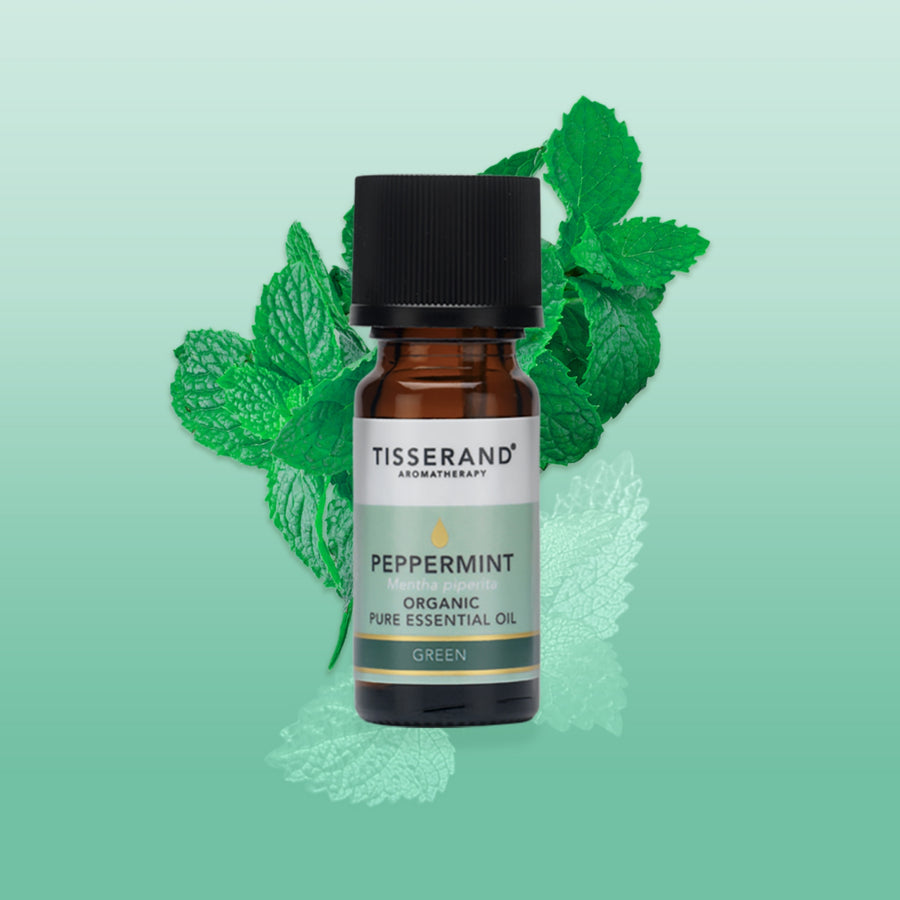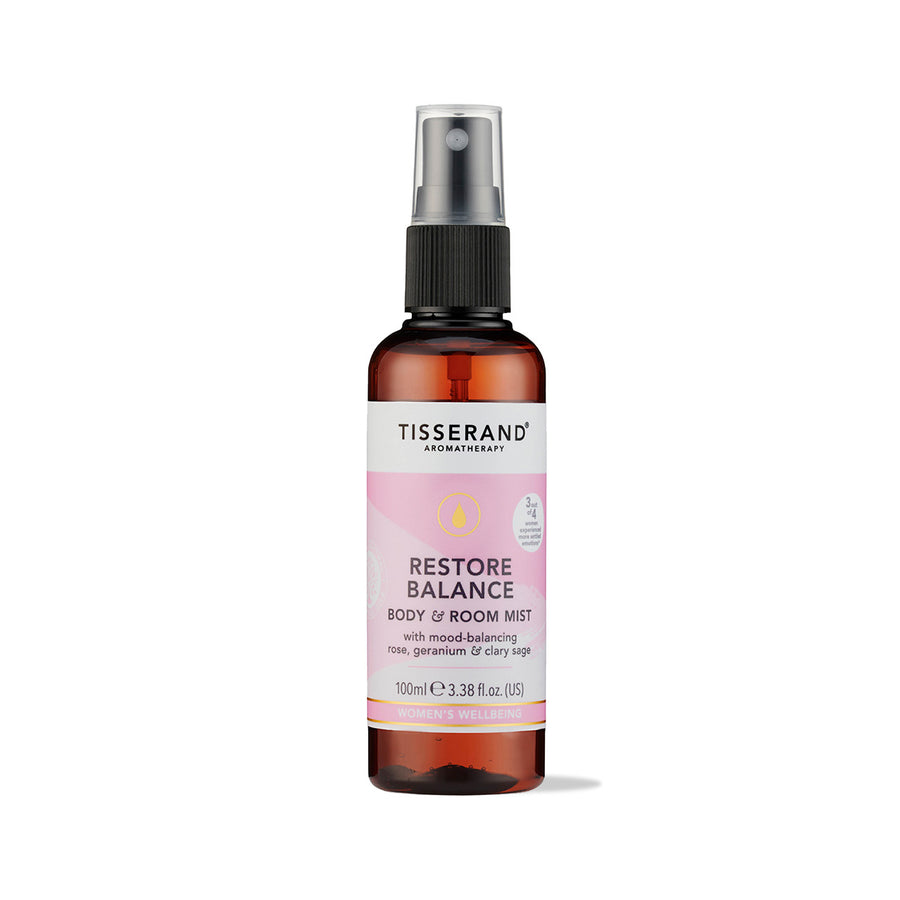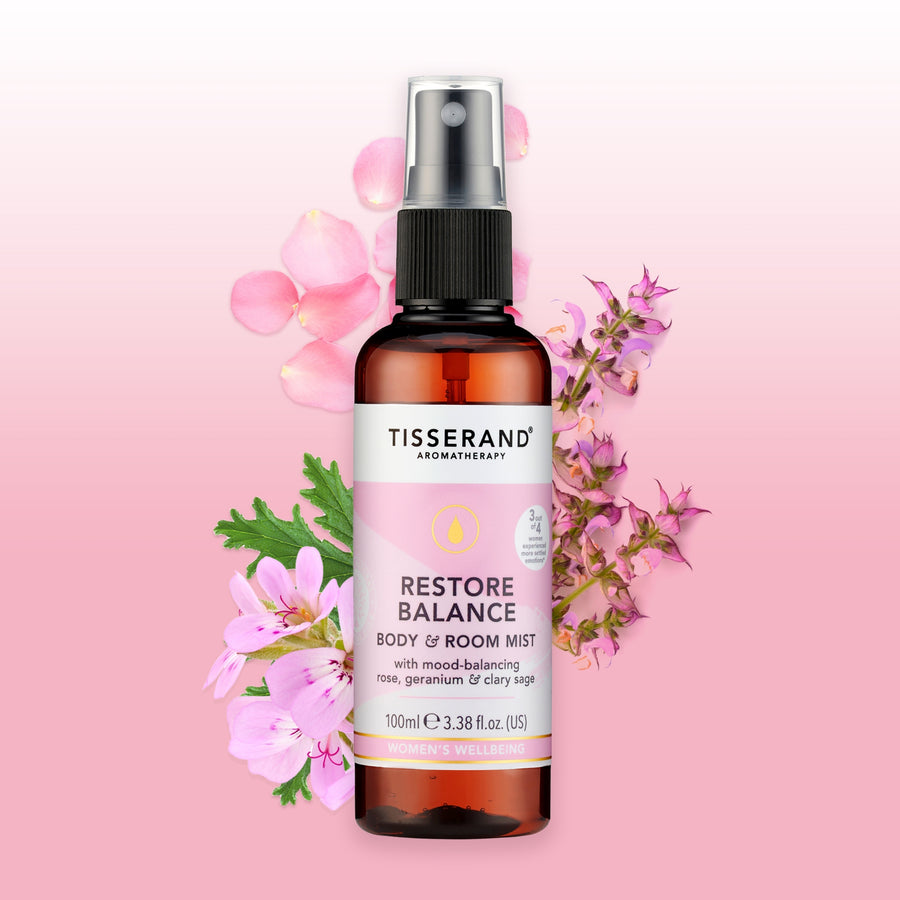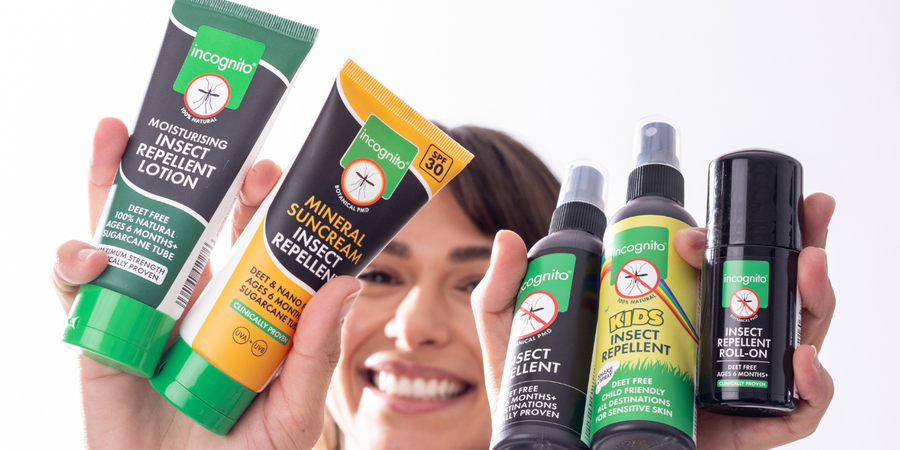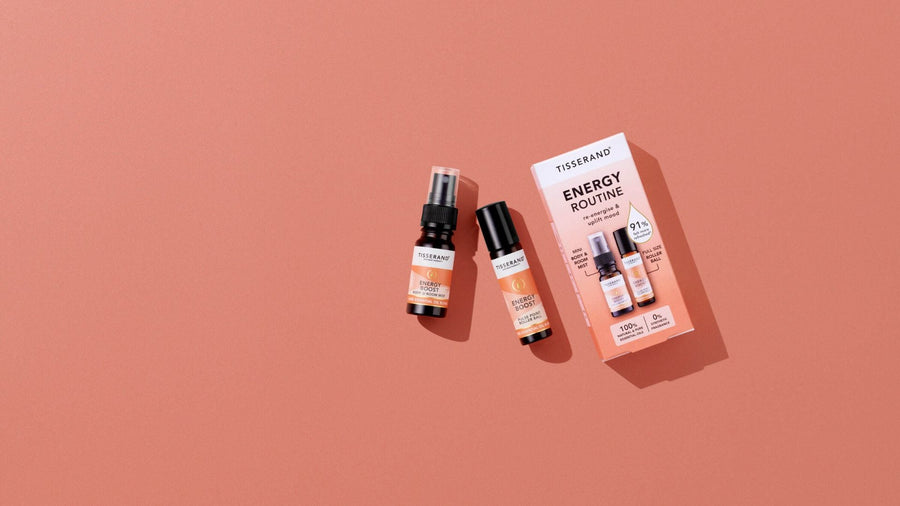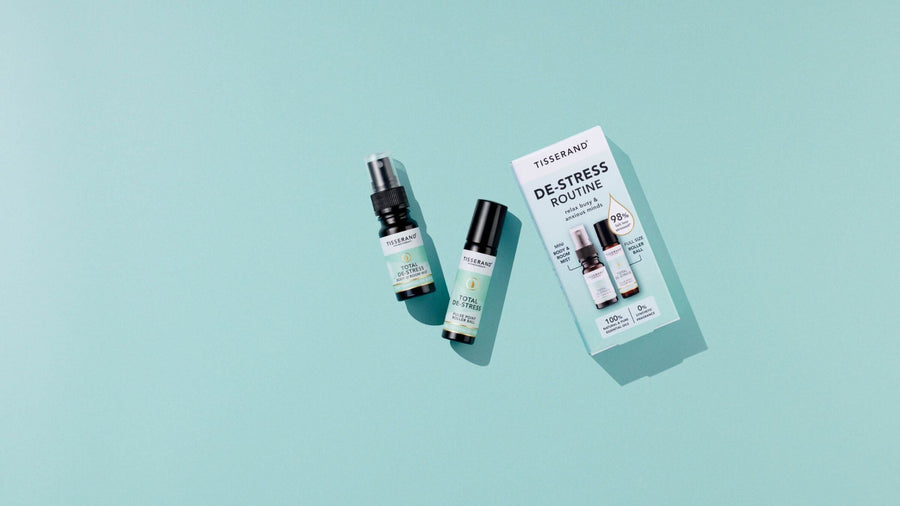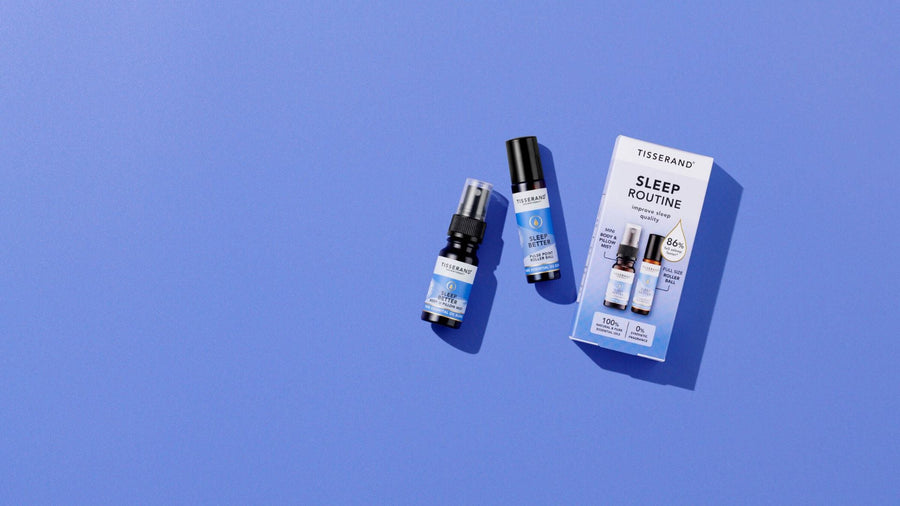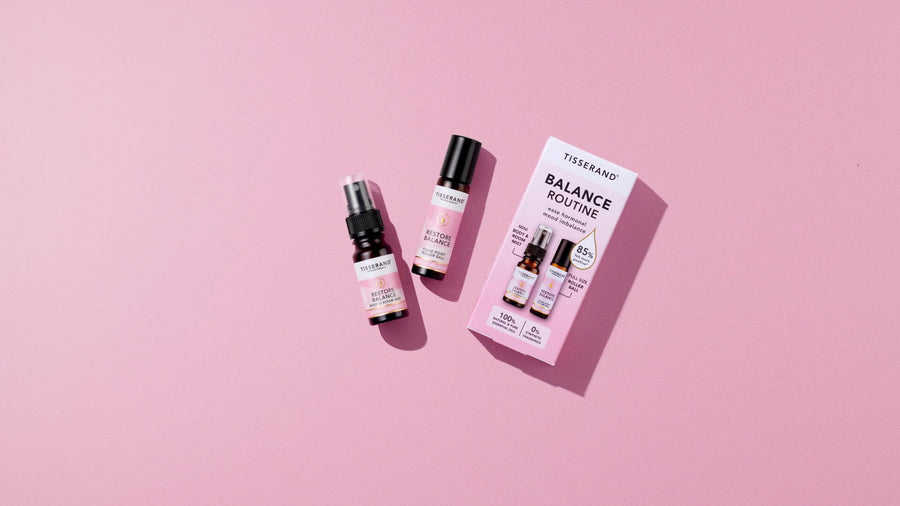What Is Cortisol Face? And Can You Address It Naturally?

What Is Cortisol Face? And Can You Address It Naturally?
The term ‘‘cortisol face’’ has gained traction on social media sparking a conversation around stress and skin. Here’s our take and tips to prevent it.
If you’ve spent any time on TikTok or wellness blogs lately, you might have come across the term “cortisol face.” It’s the latest trend highlighting how stress and the associated hormone cortisol can take a toll on our skin and overall appearance.
But is cortisol face real? And if so, what does it look like, and how can we combat it? In this post, we’ll explore the science behind cortisol face, how it affects your skin, and simple, natural ways to address it—including expert aromatherapy solutions.
The Cortisol Face Trend
The term "cortisol face" has gained traction on social media, particularly on TikTok, where creators discuss how stress affects their skin, leading to puffiness, dullness, and breakouts. While the trend has sparked conversations about the connection between stress and skin health, it’s important to approach the concept critically.
Experts agree that while stress and cortisol can influence skin appearance, the more extreme physical changes associated with "cortisol face" are usually seen in rare medical conditions like Cushing’s syndrome or in people taking prolonged high-dose steroids.
Let’s break this down further.
What Is Cortisol Face? Is It Real?
Cortisol face, sometimes called ‘moon face’, refers to visible changes in the skin and facial appearance that some attribute to elevated cortisol levels caused by stress. These include puffiness, breakouts, and dullness. However, the reality is more nuanced.
Experts note that pronounced facial changes due to cortisol—such as significant swelling or fat redistribution—are typically linked to severe conditions like Cushing’s syndrome, where the body produces excess cortisol over a long period. Everyday stress does not elevate cortisol to these extreme levels.
That said, chronic stress and consistently elevated cortisol can still affect your skin in subtler ways, such as increased oil production, fluid retention, and an impaired skin barrier function.
So while “cortisol face” may not be as dramatic as social media suggests, the link between stress and skin health is very real!
How Does Cortisol Affect the Face?
Cortisol can impact your face in several ways:
-
Puffiness
Cortisol can cause water retention, especially around the face, leading to a swollen or puffy appearance. -
Breakouts
Elevated cortisol levels increase sebum (oil) production, which can clog pores and lead to acne or hormonal breakouts. -
Dull and Dehydrated Skin
Chronic stress can disrupt the skin’s ability to retain moisture, making it appear dry and lacklustre. -
Fine Lines and Wrinkles
Cortisol contributes to collagen breakdown, which can lead to premature ageing and a loss of skin elasticity.
In short, your skin is begging you to relax!
How to Get Rid of Cortisol Face
If you’re dealing with the visible effects of stress on your face, there are quick solutions to reduce puffiness, improve skin texture, and restore a healthy glow.
1. Reduce Puffiness
- Cold Compress: Apply a cold compress or chilled spoons to your face to reduce swelling and tighten skin.
- Lymphatic Drainage Massage: Use gentle, upward motions with your fingers or a facial roller to promote lymphatic flow and decrease fluid retention.
2. Hydrate Your Skin
- Moisturise: Use a hydrating moisturiser containing hyaluronic acid to plump and restore your skin’s barrier.
- Facial Mists: Keep your skin fresh and dewy throughout the day with a soothing facial mist.
3. Brighten Dull Skin
- Exfoliate Gently: Use a mild exfoliant to slough away dead skin cells and reveal a more radiant complexion.
- Vitamin C Serums: Incorporate a vitamin C serum into your routine to combat dullness and improve skin tone.
4. Use Calming Skincare
- Choose products designed to soothe stressed skin, such as those with chamomile, aloe vera, or niacinamide.
Natural Ways To Reduce Cortisol Levels
Prevention is always better than having to deal with the symptoms. While you can’t get rid of stress entirely (sorry!), there are some simple ways to reduce cortisol levels and its effects on your mind, body, and skin.
-
Exercise Mindfully
Engage in moderate, stress-relieving activities like yoga, tai chi, or walking. These activities promote endorphins while avoiding cortisol spikes from intense workouts. -
Focus on Nutrition
Eat anti-inflammatory foods like berries, fatty fish, nuts, and leafy greens, and limit refined sugars and caffeine, which can exacerbate stress. -
Build a Relaxation Routine
Incorporate daily mindfulness practices like meditation or journaling to help your body unwind. Use Tisserand’s Sleep Better Pillow Mist to set the mood for relaxation before bed.
Support Your Wellbeing with Aromatherapy
Add the following to your Aroma Spa Diffuser
- 4 drops Orange Citrus aurantium dulcis
- 2 drops Vetiver Vetiveria zizanoides
- 2 drops Mandarin Citrus nobilis
By addressing the underlying causes of stress and cortisol elevation, you’ll not only improve your skin health but also your overall quality of life.
Cortisol Face - Final Thoughts
While extreme facial changes caused by cortisol are typically linked to medical conditions like Cushing’s syndrome, everyday stress can still subtly impact your skin, causing puffiness, breakouts, and dullness.
So, is cortisol face real? In extreme cases, yes, but for most people, it’s more about the everyday effects of stress on your skin.
By addressing both the visible signs of cortisol on the face and the underlying stress levels that contribute to it, you can support healthier skin and overall wellbeing. Explore Tisserand’s Sleep Better and Stress Relief ranges to find calming solutions that fit seamlessly into your self-care routine.
With mindful self-care and the right tools, you can feel confident in your skin while keeping stress at bay.






